Italy is known for its amazing food, iconic monuments, and incredible art. Italy is the fifth most visited country in the world and receives approximately 65 million tourists each year. Planning international travel can be overwhelming and time-consuming while working full time. Use this Italy travel guide and the following Italy travel blog posts to plan your perfect vacation. The top destinations in Italy are Rome, Venice, and Florence.
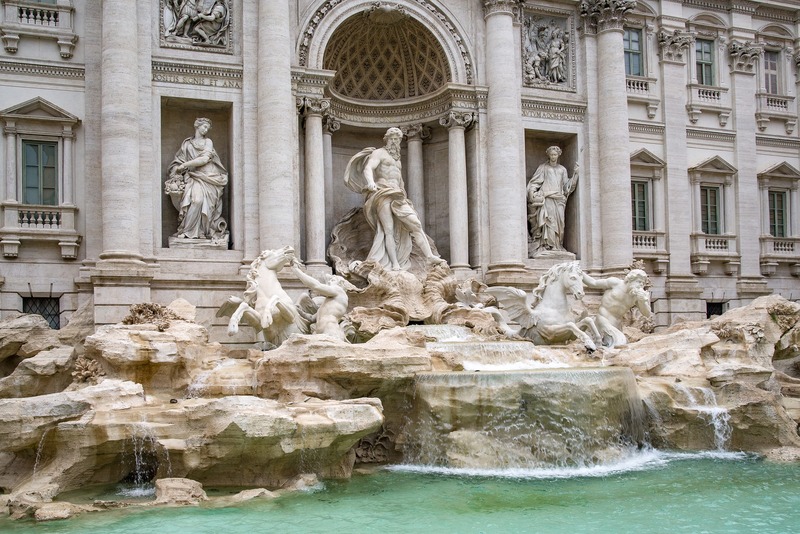
Trevi Fountain Rome Italy
WHY VISIT ROME
Rome Italy is full of iconic sights but the best way to experience Rome’s La Dolce Vita is to wander and get lost. Rome has 280 fountains, beautiful piazzas, famous stairs, winding cobblestone paths, catacombs, trattorias with red-checkered tablecloths, creamy pasta dishes, and Italian coffee.
WHY VISIT VENICE
Venice is a floating city made up of 120 islands and 450 bridges. The city is a maze of small streets, bridges, and canals all full of timeworn buildings, strings of laundry, and window boxes of flowers. You will have the best experience wandering Venice Italy without a time schedule or agenda, stopping in as many cafes and little bookstores as possible.
WHY VISIT FLORENCE
Florence has it all. Cobblestone streets, shutters adorn worn buildings, insanely beautiful doors, frescoes galore, the Duomo, beautiful gardens, old city walls, Chianti wine, leather markets, famous public art, and, of course, David.
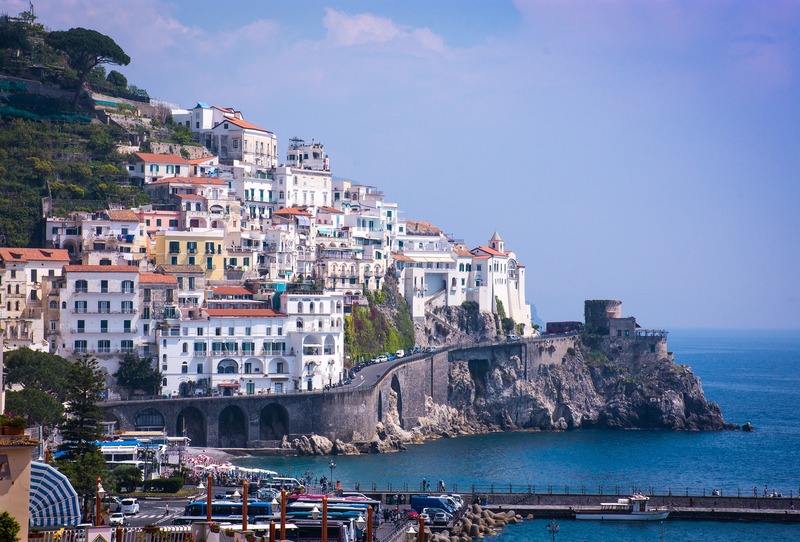
Almafi Coast Italy
WHAT YOU NEED TO KNOW WHEN PLANNING A TRIP TO ITALY
WHERE IS ITALY
Italy is a small country in southern Europe with a population of 60 million. At 116,348 sq mi, the country is shaped similarly to the state of California. Italy is bordered by the Adriatic Sea, Tyrrhenian Sea, Ionian Sea, Mediterranean Sea, France, Switzerland, Austria, and Slovenia. Rome is the capital and largest city in Italy; it is also the fourth most populous country in the European Union. The population of Rome is almost 3 million.
WHAT IS THE LANGUAGE SPOKEN IN ITALY?
The official and most widely spoken language in Italy is Italian. You will also commonly hear French, Greek, German, Sardinian, Albanian, Occitan, Croatian, Slovene, Ladin, Friulian, Catalan, and Franco-Provencal. Even though English is the standard language of tourism in Europe, it is not widely spoken in Italy. About 34% of Italians speak English. There are more English speakers in larger cities and areas of tourism, such as Rome, Florence, and Milan. It is important to at least try to speak the common language before resorting to English. FluentU offers a helpful list of common words and phrases to learn before you travel. You will also find tutorials on YouTube.
DO I NEED A VISA TO VISIT ITALY?
According to Project Visa, US citizens do not need a visa for a visit up to 90 days in a 6 month period.
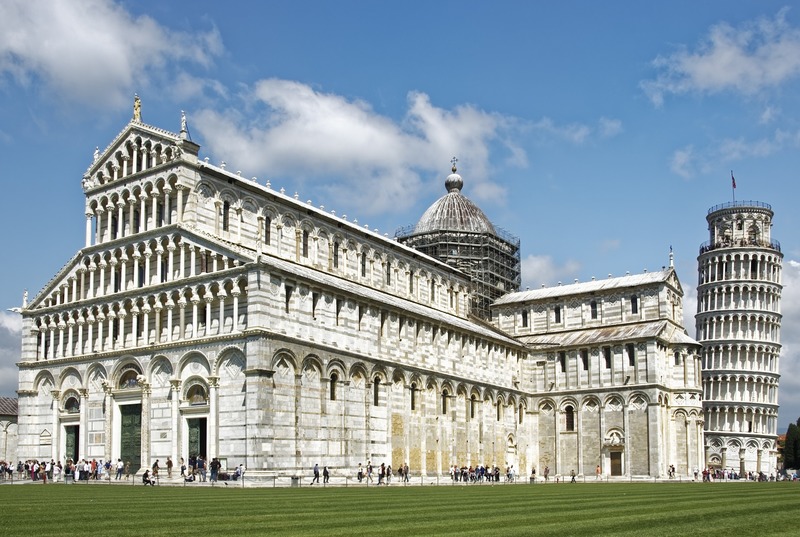
Leaning Tower of Pisa
WHAT IS THE CURRENCY IN ITALY?
The currency in Italy is the Euro. US dollars are not accepted at restaurants, attractions, or stores. Don’t be fooled by ‘0 commission’ money exchangers because the ‘service fee’ is high. Be sure to download a free currency calculator before you arrive.
CAN I USE CREDIT CARDS AND ATMS IN ITALY?
ATMs are available throughout Italy. Avoid large fees by using your bank’s international partner in Italy and google its location before you travel. Visa and Mastercard are widely accepted in Italy, you will need a 4 digit PIN from the bank. American Express and Discover may be accepted. Save money on fees with a credit card that waives foreign transaction fees and make purchases in euro. You will need cash for restrooms and small purchases.
HOW MUCH SHOULD I BUDGET PER DAY IN ITALY?
According to Budget Your Trip, the average daily cost of traveling in Italy is $158. Expect to pay $2,210 + airfare for a one-week trip for 2.
WHEN IS THE BEST TIME TO VISIT ITALY?
The high season in Italy is July through early September, expect high prices, crowds, and temperatures in the 90s. Hotels do have air conditioning, but it is weak. The shoulder season is April to June and mid-September to October. The low season is November 1 to December 14 and December 24 to March 31, crowds are low, and temperatures average 30-40 degrees. Hotels only turn on the heat in the coldest of months. Snow is common in northern cities from December through March. Christmas Markets are held from November to December and Carnevale is held in Venice in February.
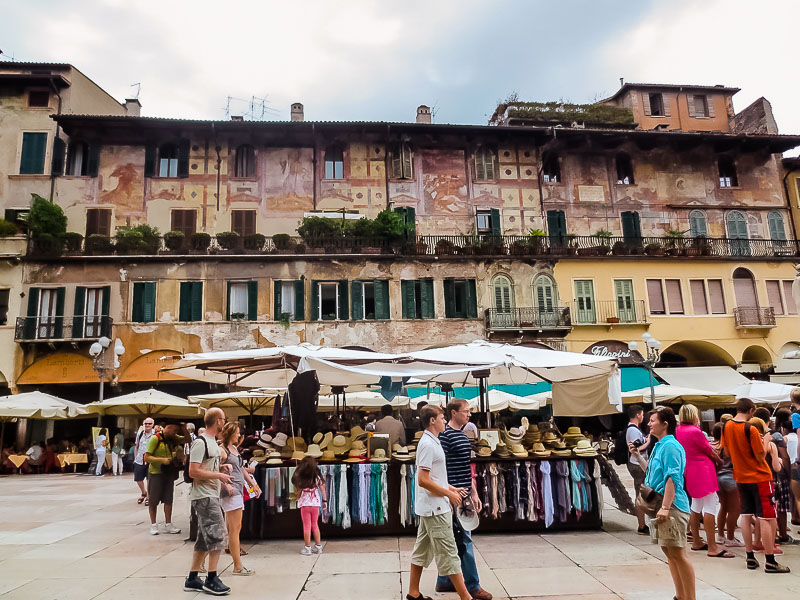
Piazza Delle Erbe Verona Italy
WHAT TYPE OF TRANSPORTATION DOES ITALY USE?
Milan, Rome, and Naples are international airports with direct flights into Italy. The best way to travel through Italy is by Eurostar high-speed train, travel is fast and inexpensive. Trenitalia is the national train service. Get the app and download or screenshot your tickets for the conductor to scan them easily. If you prefer to fly, Ryanair and EasyJet provide discount flight options. Italy is surrounded by water, and ferries are a great way to explore the many islands. Driving in Italy is not the most efficient way to see the country. If you do choose to rent a car you must have an International Driving Permit (IDP). Be sure to read everything you can find about driving in Italy and get the smallest car available. There are rules, but the rules aren’t necessarily followed, and expect a lot of honking. Public transportation in cities is by bus, tram, metro, taxi, and Vaporetto in Venice. Save money with a 24, 48, or 72-hour transportation pass. Taxi drivers are known to overcharge, use the MyTaxi app to avoid this. Uber Black is available in Rome and Milan.
WHAT KIND OF ADAPTOR DO I NEED IN ITALY?
The plugs in Italy are type C, F, and L. The standard voltage is 230 V, and the standard frequency is 50Hz. I recommend buying a universal adapter with surge protection. You will need a converter if you plan to use an electric razor or blow dryer from the US.
WHAT SHOULD I PACK FOR ITALY?
Italians put effort into their appearance and dress well for dinner. The overall clothing style is a conservative, tailored look. As a rule, it is it’s better to overdress than underdress. Bring a nice jacket (no fleece), knee-length shorts and skirts, a scarf to cover the shoulders, and a nice day pack. Women often wear dresses, skirts, and slim-fit pants. Do not show too much skin. Avoid flip-flops, white tennis shoes, tourist shirts, bright colors, white pants, and fanny packs in Italy. Wear shoes with cushioned soles for walking on cobbled streets. Do not use brightly colored umbrellas, tour guides use them to lead their groups.
IS ITALY A SAFE COUNTRY FOR SOLO TRAVELERS?
According to Travel Safe Abroad, the overall risk of travel in Italy is low. There is a high risk of scams and pickpockets and a medium risk of a terrorist attack. Stay aware of your surroundings, keep your belongings in front of you, do not sign a petition or take anything handed to you, and hold your bag a little tighter if someone bumps into you. Dial 112 in an emergency. Contact the US Embassy for non-urgent emergencies, such as a lost passport.
WHAT FOOD DO I NEED TO TRY IN ITALY?
Pizza, lasagna, eggplant parmesan, bistecca fiorentina (T-Bone steak in Florence), risotto (creamy rice), ravioli, agnolotti, tortellini, carbonara (spaghetti, eggs, Parmigiano cheese, bacon), Ragù alla bolognese (spagehetti with meat sauce), pesto, gnocchi (Italian dumplings), focaccia (flat bread), porchetta (pork roast sandwich), minestrone soup, caprese salad, prosciutto di parma, bruschetta, suppli (fried rice balls with mozerella and tomatato paste), gelato, tiramisu, cannoli, espresso, limoncello, amaretto, and prosecco (sparkling wine).
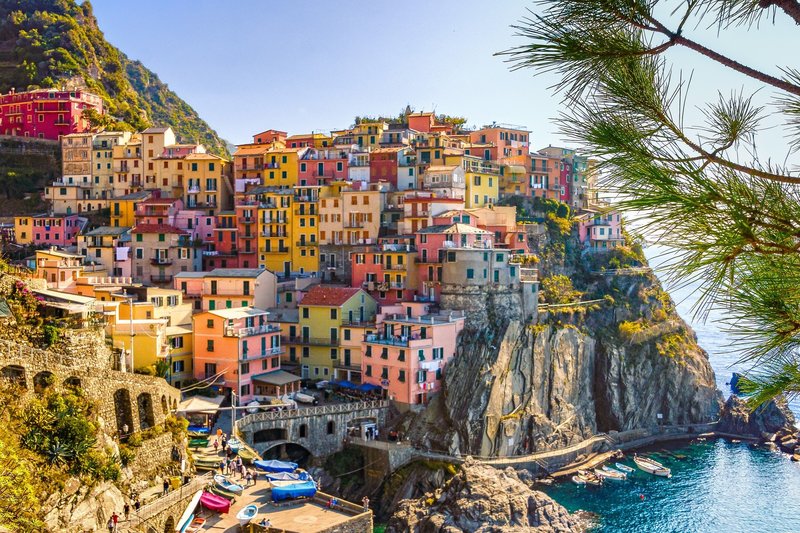
Cinque Terre Italy
TIPS FOR TRAVELING IN ITALY
Italian law requires you to keep your ID on you at all times.
Italians are known to be loud and speak with their hands, but it doesn’t mean they are angry.
No one in Italy is in a rush. They greet each other with a kiss on each cheek and spend time chatting.
Restrooms cost .5-1 euro. Squat toilets exist, carry a pack of Kleenex and hand sanitizer with you. Use the restroom at restaurants and attractions before you leave.
Meals are served at standardized times: lunch is 12-3, aperitivo 5-7, and dinner 7:30-9. Breakfast is coffee and a croissant standing at a bar.
When eating at a restaurant, expect a cover charge of 1-2 euros per person (for the bread on the table) and a service charge of 10-20%. Tipping is not necessary.
Do not ask for tap water at a restaurant. Water is not free; you must state “acqua naturale” for flat water (“acqua gassata” is carbonated).
Italians eat long meals, and you must ask for the check. If you are in a hurry grab something from a street vendor.
There is no pepperoni pizza in Italy.
It is considered insulting to ask for substitutions at a restaurant, don’t do it.
In general, avoid restaurants that display a menu in English outside, the quality is often poor and inauthentic.
Ask for the house wine (vino della casa), it is less expensive and really good.
It is common for tourists to be charged more for things than locals. Don’t let it bother you.
Cappuccino is only served at breakfast, after 10 am order caffè (espresso).
Don’t expect to find a paper cup of coffee to go, Italians drink a shot of espresso at the bar and move on.
If you decide to sit down to drink your espresso, you will pay up to 3 times more.
It is legal to drink in the streets, get a glass of wine to go, and head outside to people watch.
The drinking water in town squares is safe, refill your water bottle and save money.
Many businesses are closed on Sunday and close early on Saturday.
Many Italians take a riposino (siesta) from 1-3 pm.
Always purchase attraction tickets ahead of time, you will still wait in line but not 2 lines. Purchase VIP access to skip all lines.
Museums are often closed on Monday, schedule accordingly.
There are no laws prohibiting smoking in public places.
Some room keys are large and heavy, it is common to drop them at the reception desk as you leave for the day.
You will be charged a tourist tax to be paid in cash at the hotel.
Air conditioning isn’t standard and Italy is hot in the summer, double-check the hotel has it.
Do not expect elevators in hotels, pack light.
Buy and validate transportation tickets. Authorities do sweeps and demand cash payment for fines if caught (expect 50 euros).
It is illegal to buy fake designer bags from peddlers.
Don’t expect cars to stop for you when crossing the street, be very cautious.
Italians don’t form lines and will jump in front of you if you are not paying attention.
You need bug spray, mosquitoes are everywhere.
Finding your way around the maze that is Venice is difficult, download an offline map.
Women must cover their shoulders and legs at religious sites.
Gondola rides in Venice are expensive, it is possible to haggle with the gondoliers to get the price down.
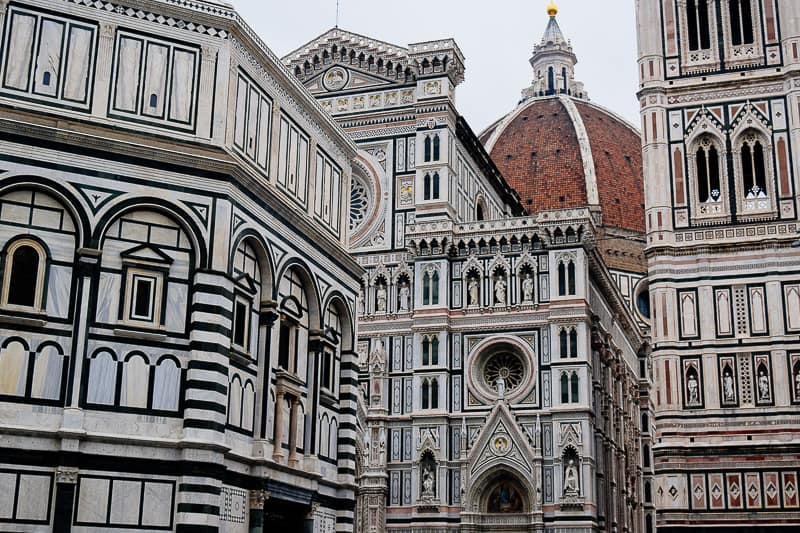
Santa Maria del Fiore Florence Italy
TOP THINGS TO SEE AND DO IN ITALY
Visit the Vatican Museums and Saint Mark’s Basilica.
Tour the Colosseum in Rome and toss a coin in the Trevi Fountain.
Attend Venice Carnival and ride a gondola.
Take a wine tasting tour through the Chianti Wine Route.
Visit the fairytale castles in Tuscany.
Spend a day in the hot springs of Bagni di San Filippo.
See the statue of David in Florence.
Climb the Leaning Tower of Pisa.
View Da Vinci’s The Last Supper in Milan.
Stand on Juliet’s balcony in Verona Italy, the setting of Romeo and Juliet.
Cruise the Amalfi Coast.
Check out the Blue Grotto in Capri.
Take a pizza-making class in Naples.
Take a day trip to the Cinque Terre villages.
Relax in Bellagio on Lake Como.
Explore the ruins of the ancient city of Pompeii.
Relax on the white sand beaches of Sardinia.
Hike the Dolomites.
Spend the night in a cave hotel in Matera.
Be sure to check the Italy Office of Tourism website for upcoming festivals, special events, and what’s happening during your stay.
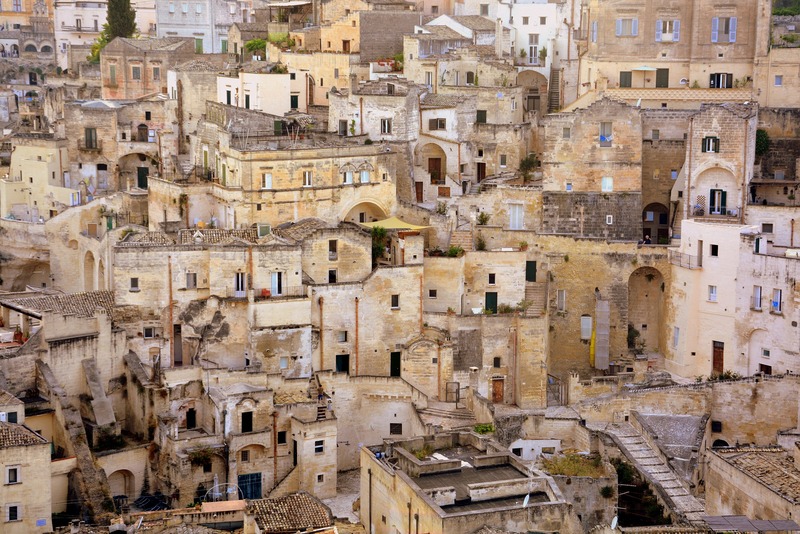
Matera Italy
INTERESTING FACTS ABOUT ITALY
Family is important in Italian culture and over 70% of young people live with their parents.
Italian women do 21 hours more per week of household tasks than men.
The University of Bologna is one of the oldest universities in the world, more than 98% of Italians can read and write.
Over 30% of Italians don’t use the Internet.
Italy has three active volcanoes: Vesuvius near Naples, Etna on Sicily, and Stromboli off the coast of Italy.
During the Second World War, Italy sided with Nazi Germany.
There are more than 200 different shapes of pasta and Italians eat spaghetti only with a fork.
There are over 2,500 traditional cheeses in Italy including Gorgonzola, Parmigiano-Reggiano, Mozzarella, Provolone, and Ricotta.
Rome was founded in 753 BCE and is one of the oldest cities in the world.
One-fifth of Italy is covered in hills and mountains, Mont Blanc is the highest mountain in Europe.
There are 450 islands and over 1500 lakes in Italy.
Italy has the most UNESCO sites in the world.
Vatican City is the smallest country in the world.
Around 90% of the population is Roman Catholic and 500,000 Italians visit an exorcist every year.
Tourists throw €1,000,000 into the Trevi Fountain each year.
There are over 900 churches in Rome and over 300,000 feral cats.
Venice is comprised of 118 islands, over 150 canals, and 400 footbridges.
Italy is the world’s largest wine producer and there is a free wine fountain in Caldari di Ortona.
Italians consume 14 billion espressos and 25kg of pasta per year.
The story of Pinocchio originated in Tuscany in the 19th century.
13 of Shakespeare’s 38 plays are set in Italy.
Rafael, Leonardo Da Vinci, Michelangelo, Donatello, Caravaggio, Titian, Botticelli, and Bellini are all famous Italian artists.
Florence is considered the birthplace of the Renaissance.
Christopher Columbus and Marco Polo were Italian.
Ferrari, Barilla, Gucci, Prada, Armani, Versace, Lamborghini, Fiat, Ducati, and Nutella are all famous Italian brands.
The thermometer, batteries, eyeglasses, jacuzzi, pizza, ballet, and sonnets were invented in Italy.
Italians are superstitious; the number 13 is lucky and 17 is unlucky.
The Mafia still exists in Italy and is estimated to make up 7% of the country’s GDP.[……]
Read more





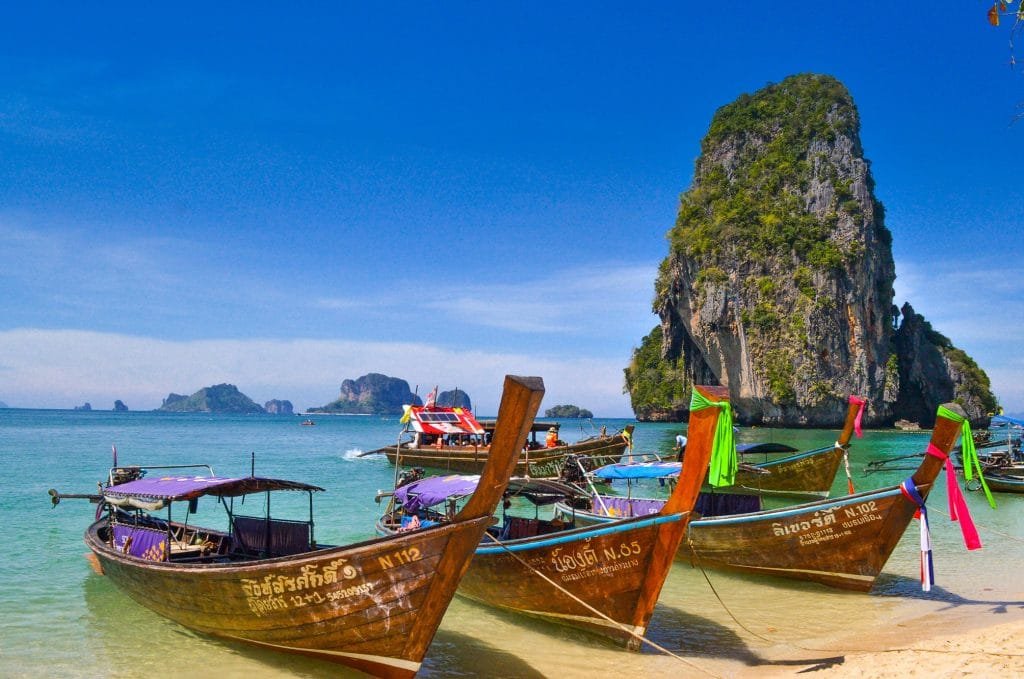
 ).
). ). But seriously, the chances of something happening are pretty slim!
). But seriously, the chances of something happening are pretty slim!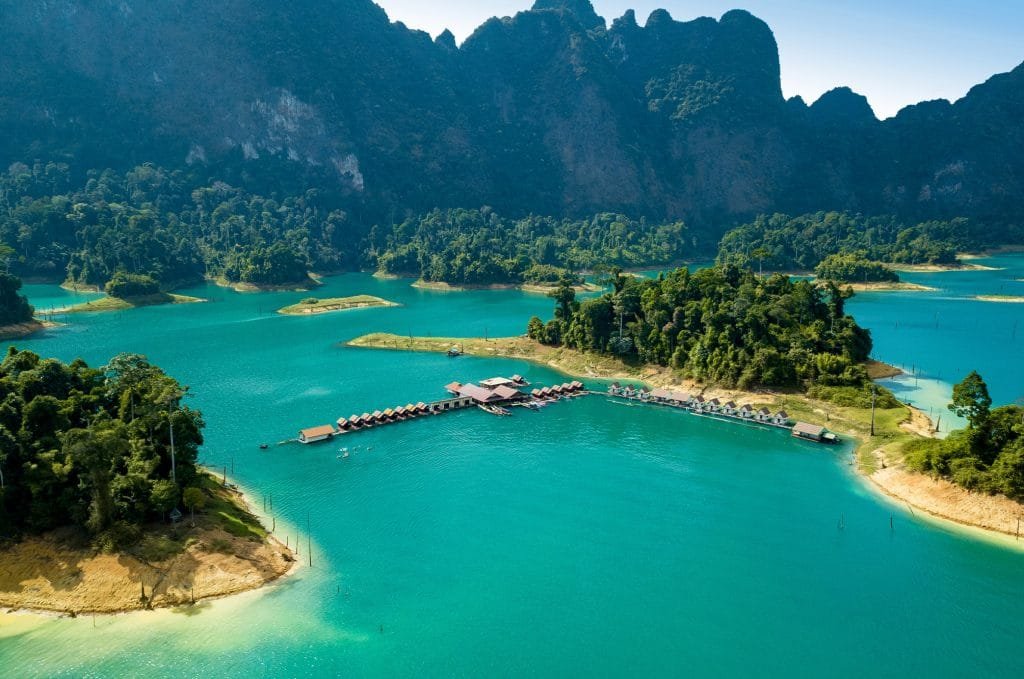
 ).
).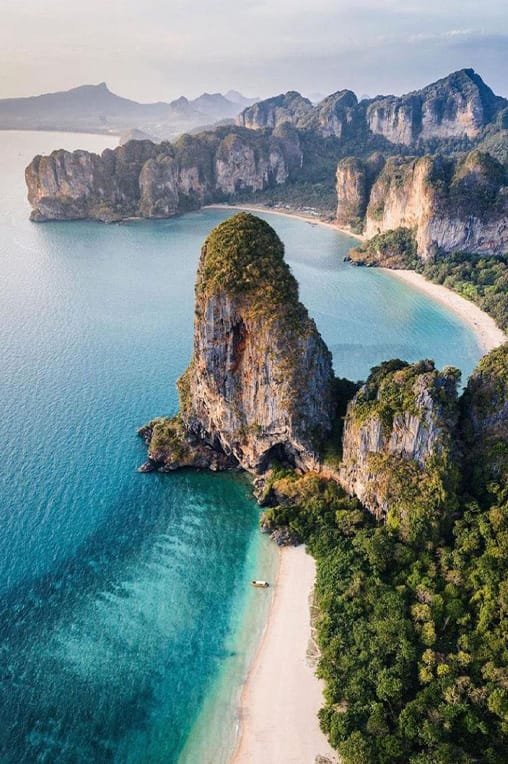
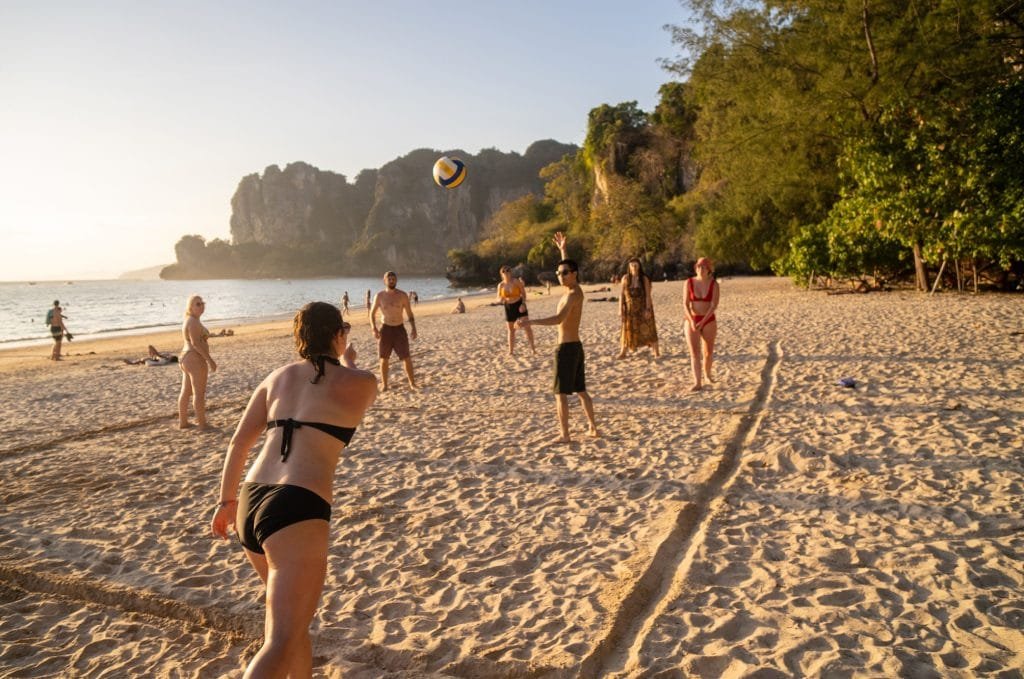
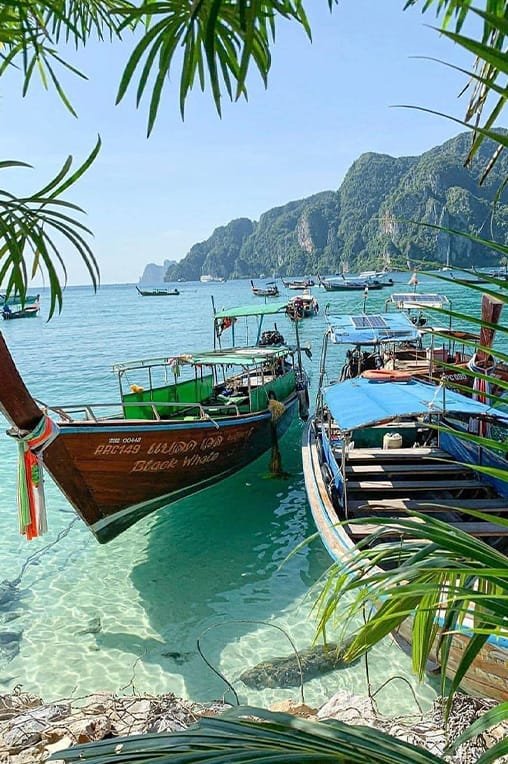
 ).
). ). No backpacking route in Thailand would be credible without including the north of Thailand, let’s get into these two incredible spots and why they are important bucket list destinations to be added to your backpacking route through Thailand.
). No backpacking route in Thailand would be credible without including the north of Thailand, let’s get into these two incredible spots and why they are important bucket list destinations to be added to your backpacking route through Thailand. ). Ask anyone that’s ever been, “Should I go to Pai?” Their answer is almost certainly going to be “F*ck yeah!”
). Ask anyone that’s ever been, “Should I go to Pai?” Their answer is almost certainly going to be “F*ck yeah!” . The options are endless, including vegan, vegetarian, gluten-free, and much more. You’ll be dreaming of the Pai street food for weeks after visiting! If you join us at Feel Free Travel, be sure to ask your Group Leader for Adam’s favourite Gyoza and falafel pitta recommendations (show the falafel lady my picture, and she’ll no doubt remember me as I’m her most loyal customer
. The options are endless, including vegan, vegetarian, gluten-free, and much more. You’ll be dreaming of the Pai street food for weeks after visiting! If you join us at Feel Free Travel, be sure to ask your Group Leader for Adam’s favourite Gyoza and falafel pitta recommendations (show the falafel lady my picture, and she’ll no doubt remember me as I’m her most loyal customer 
 ).
). ).
).
















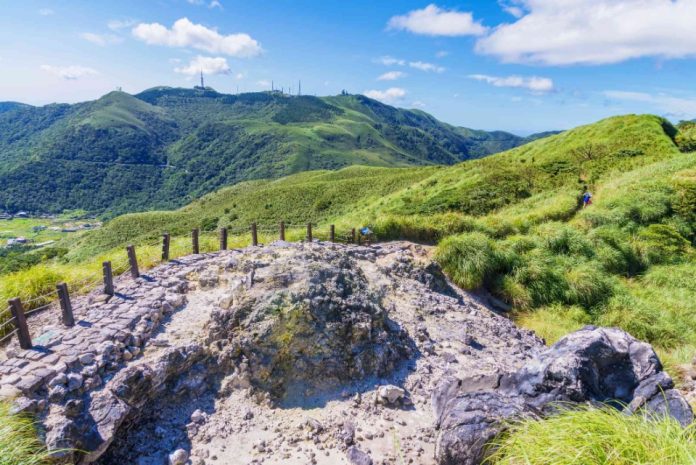
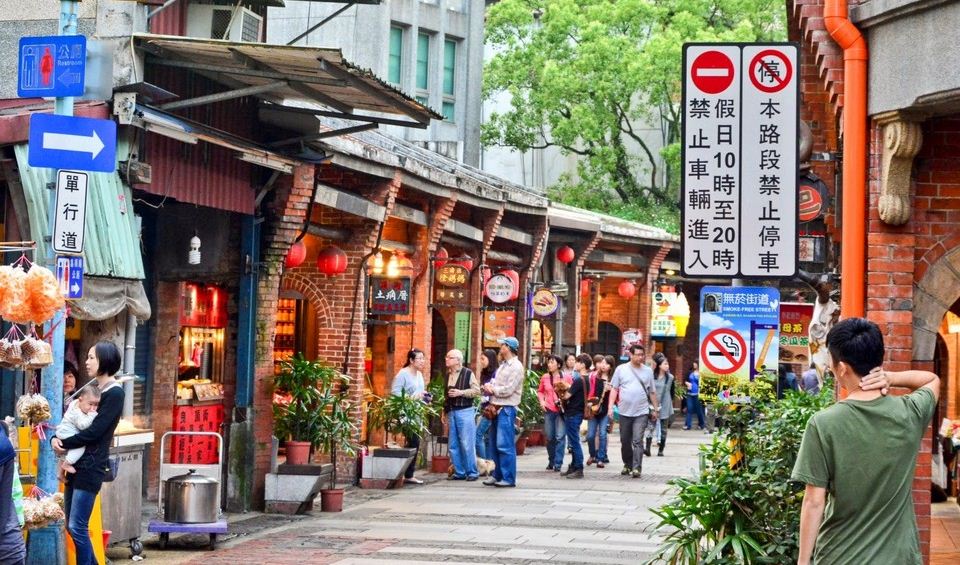





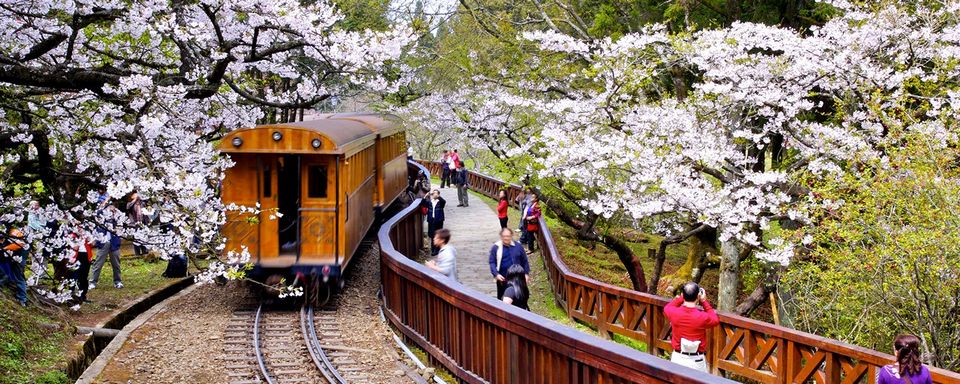


 [……]
[……]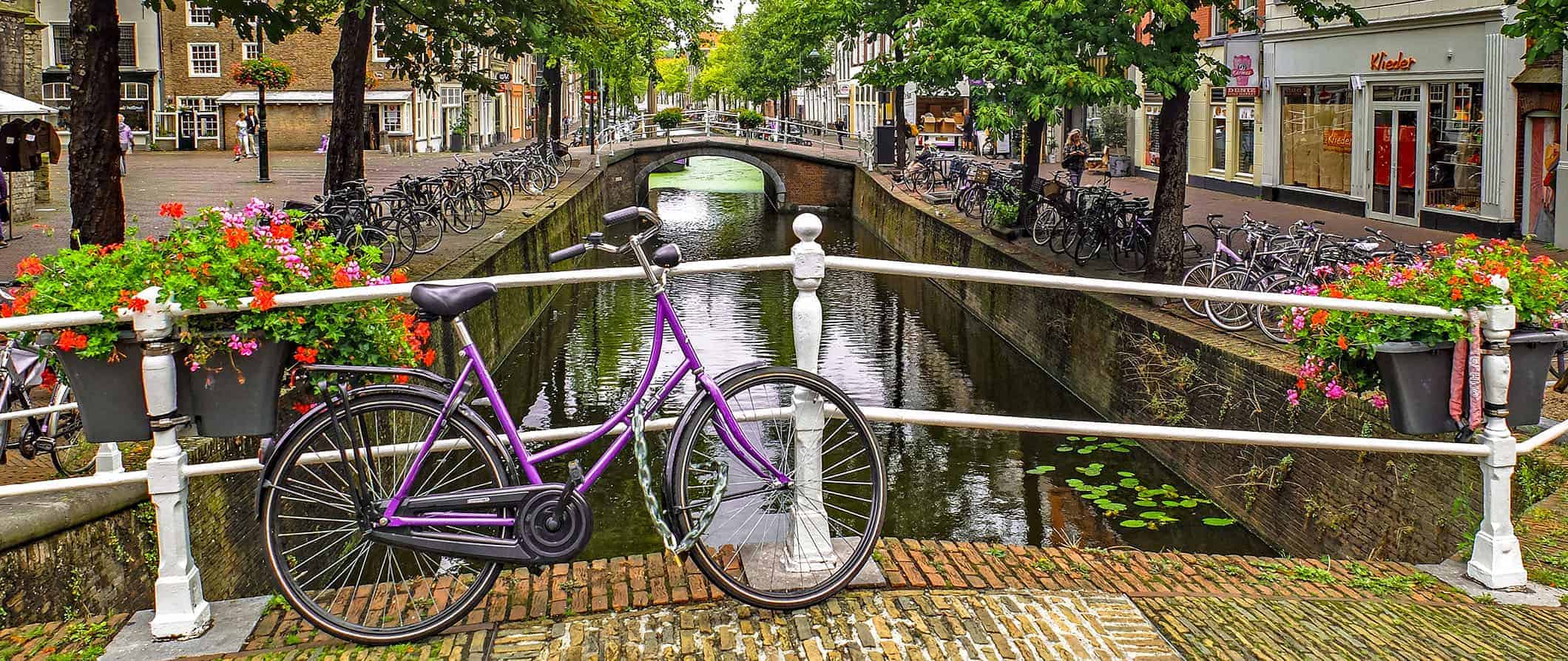
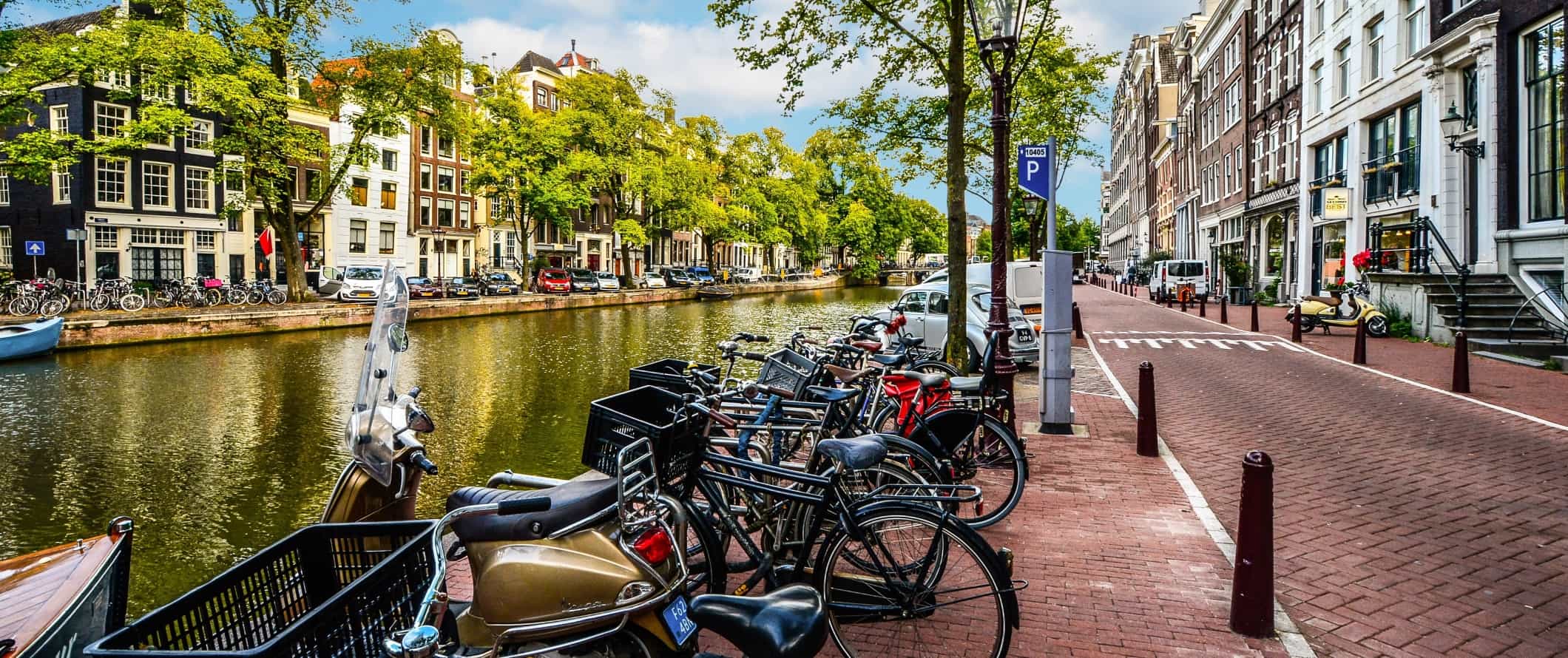

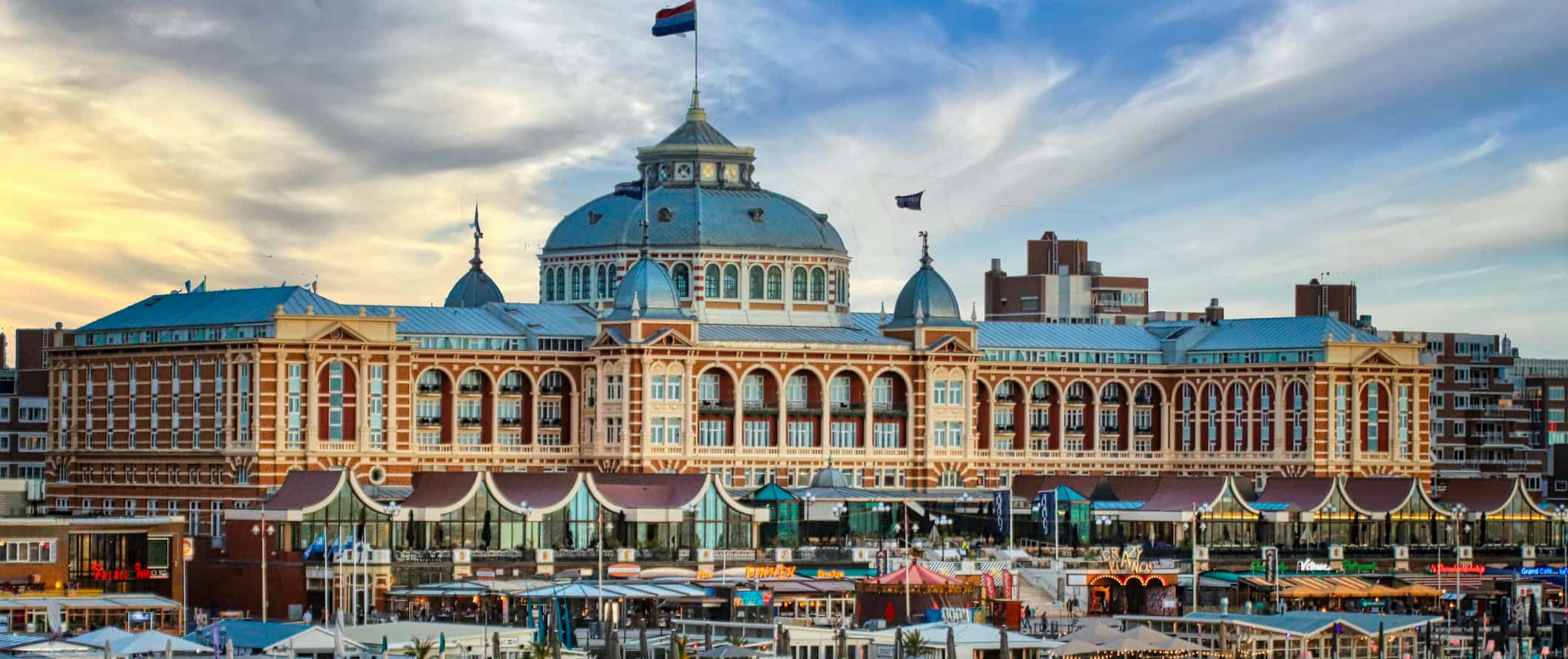
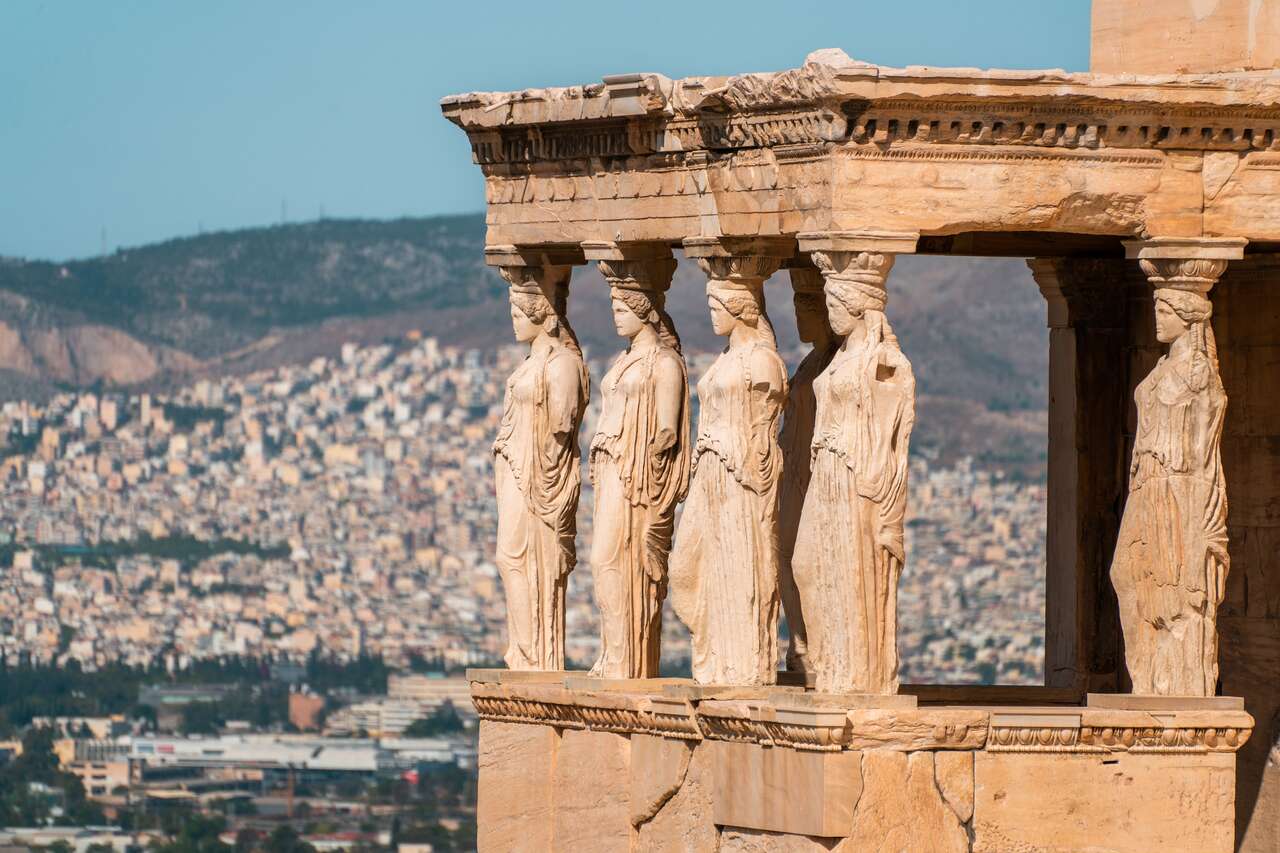
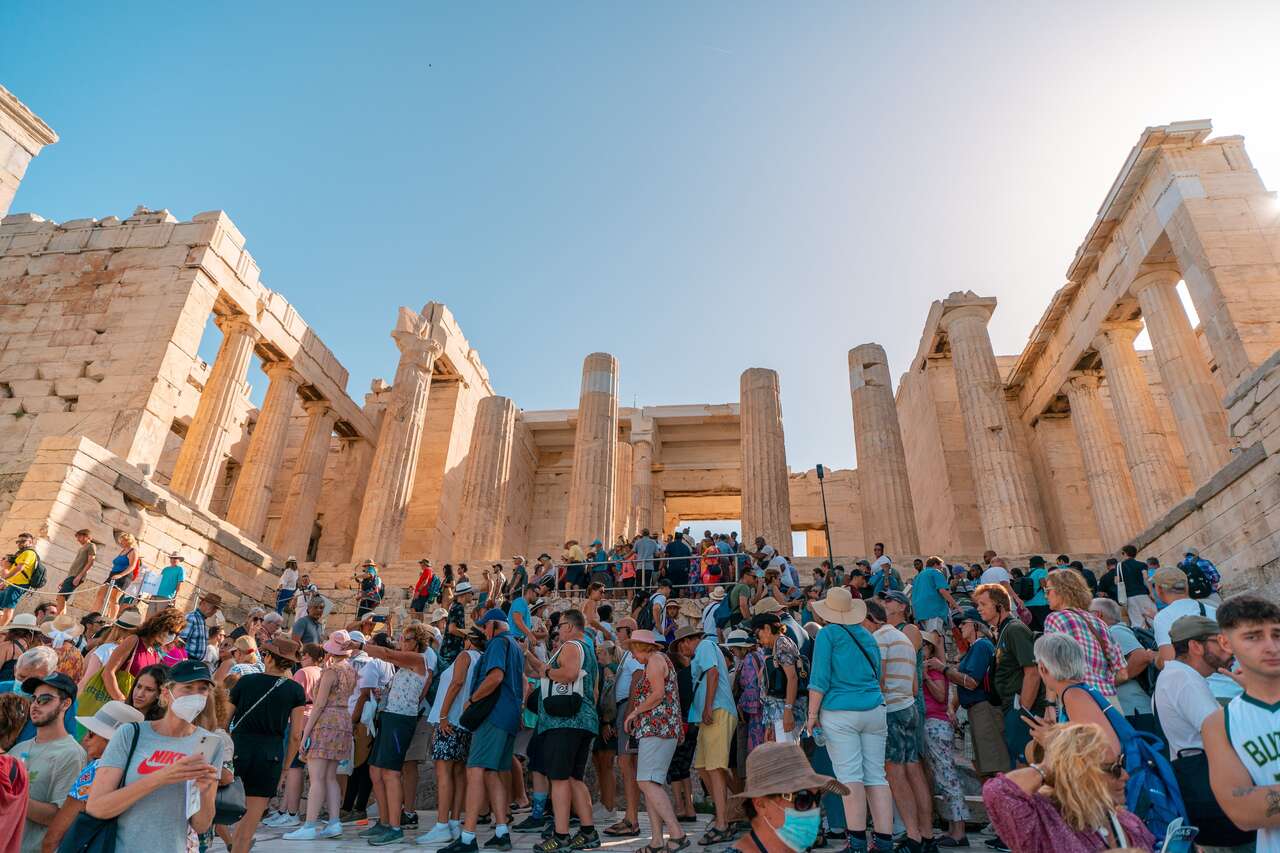
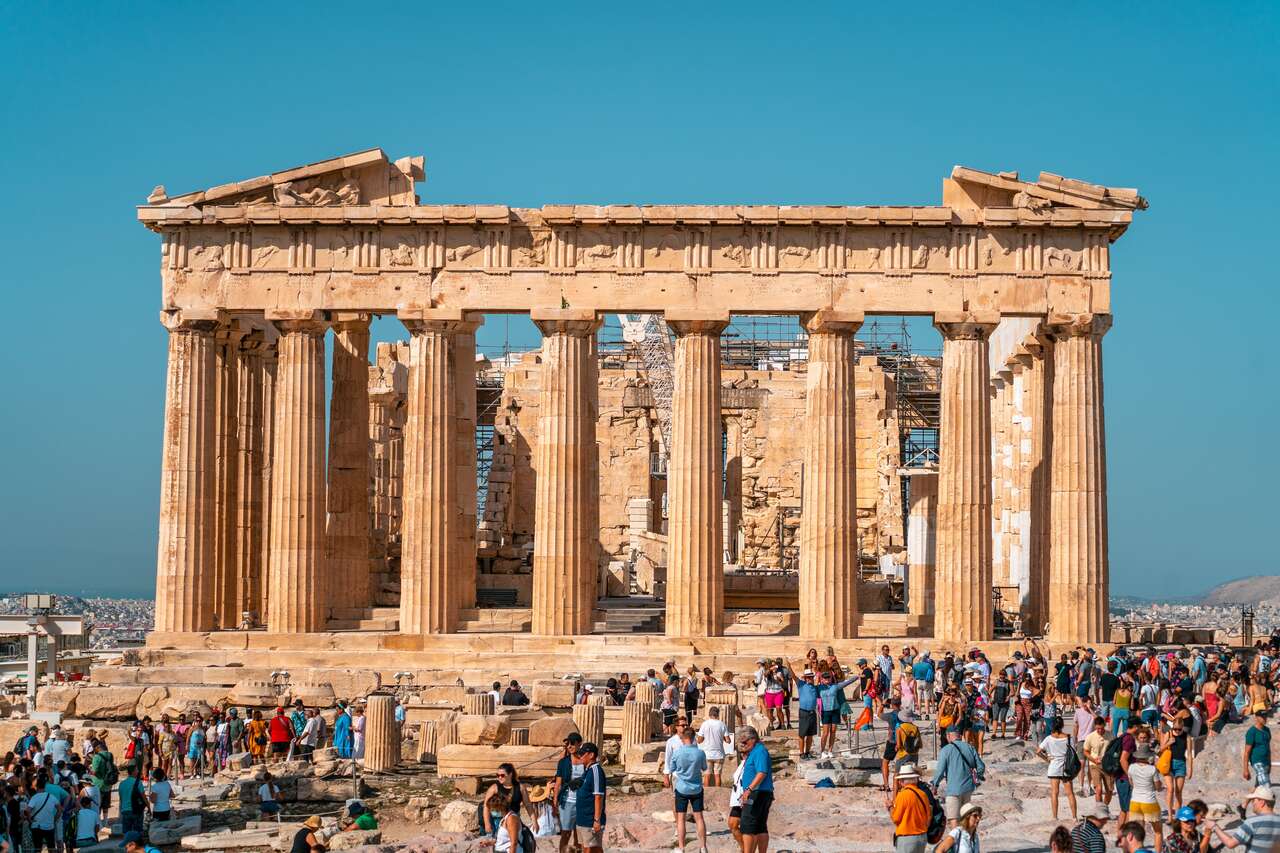
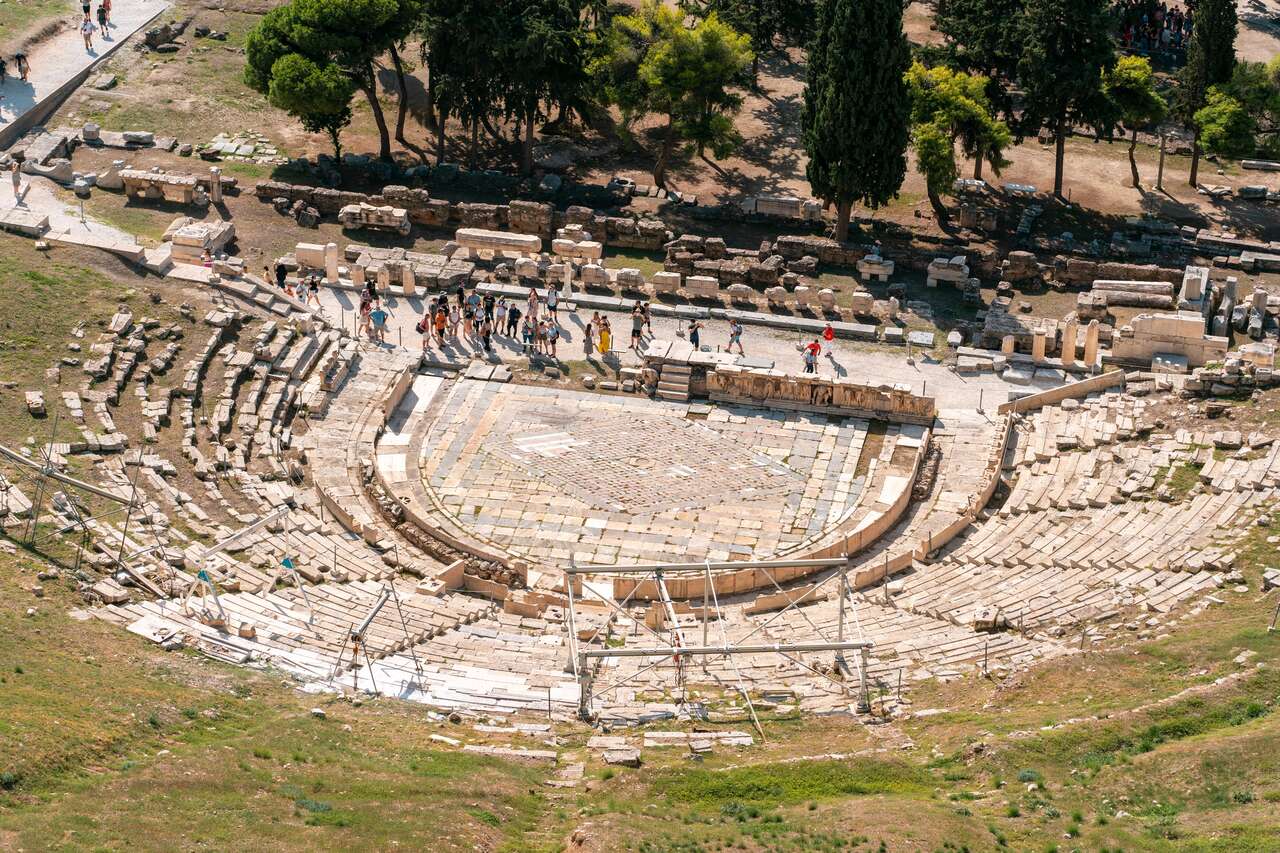
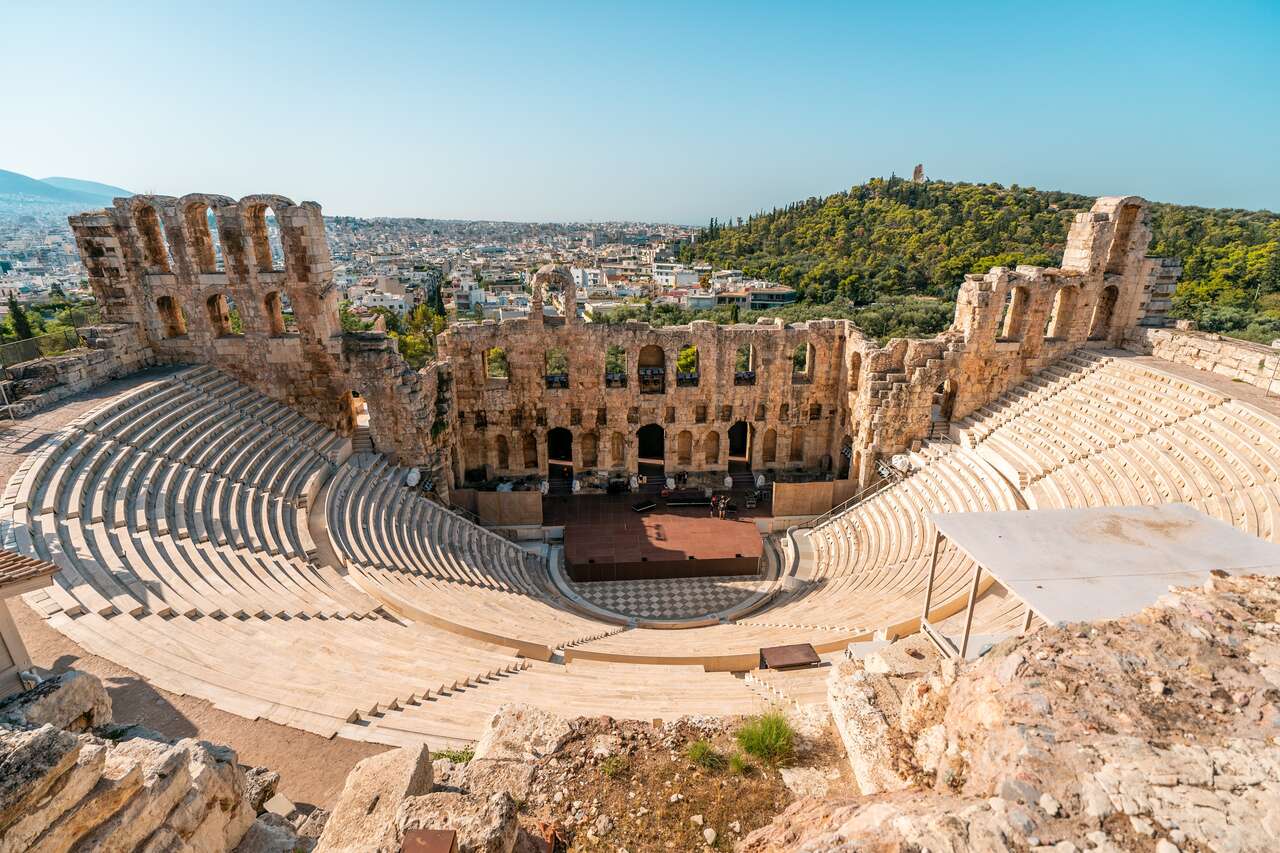
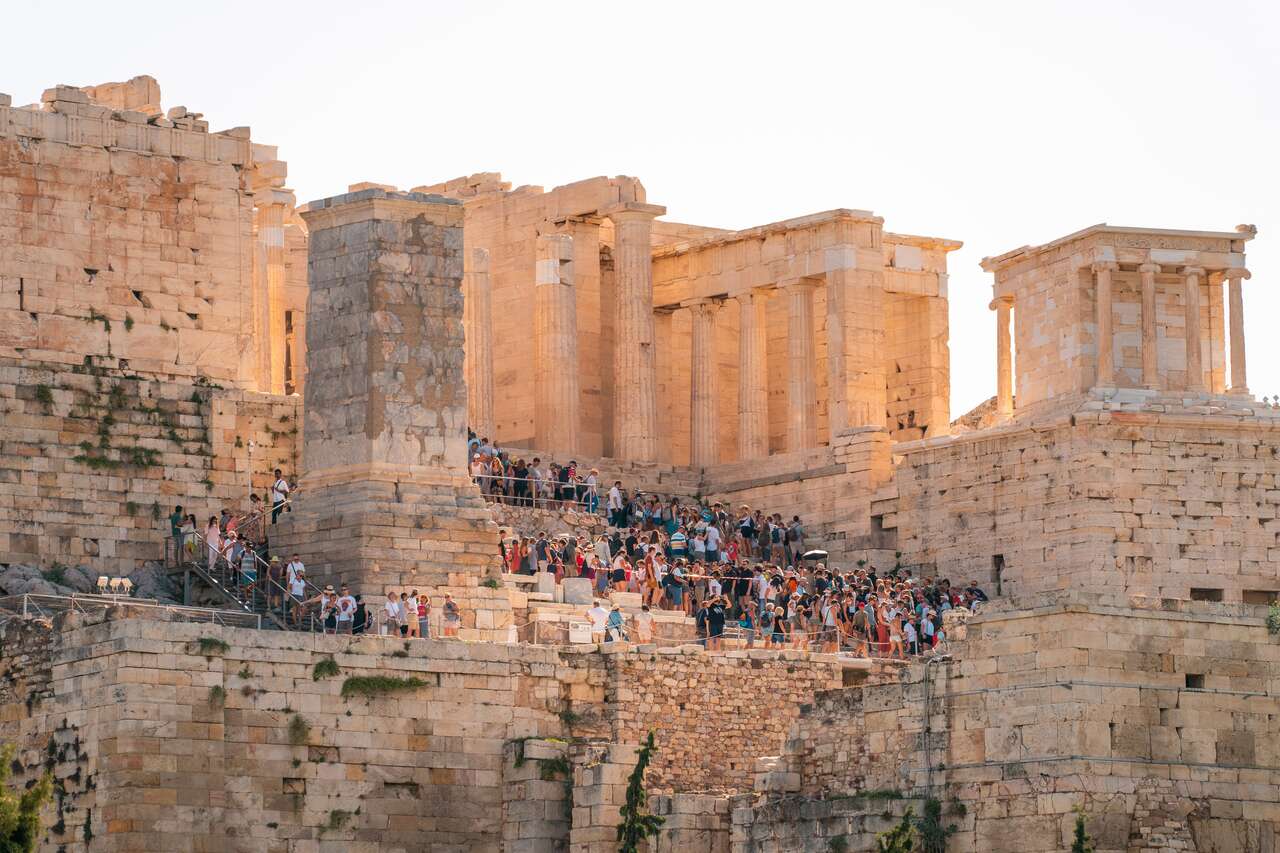
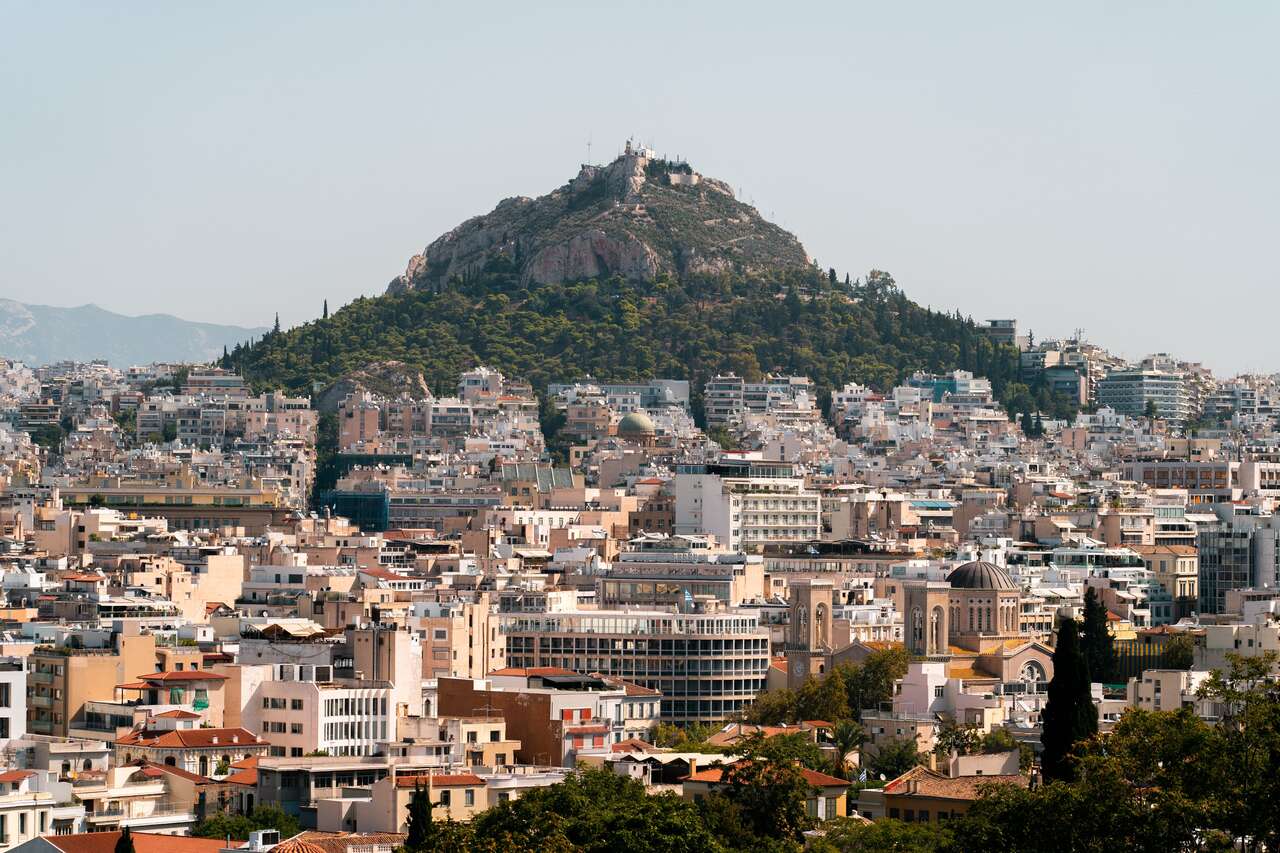

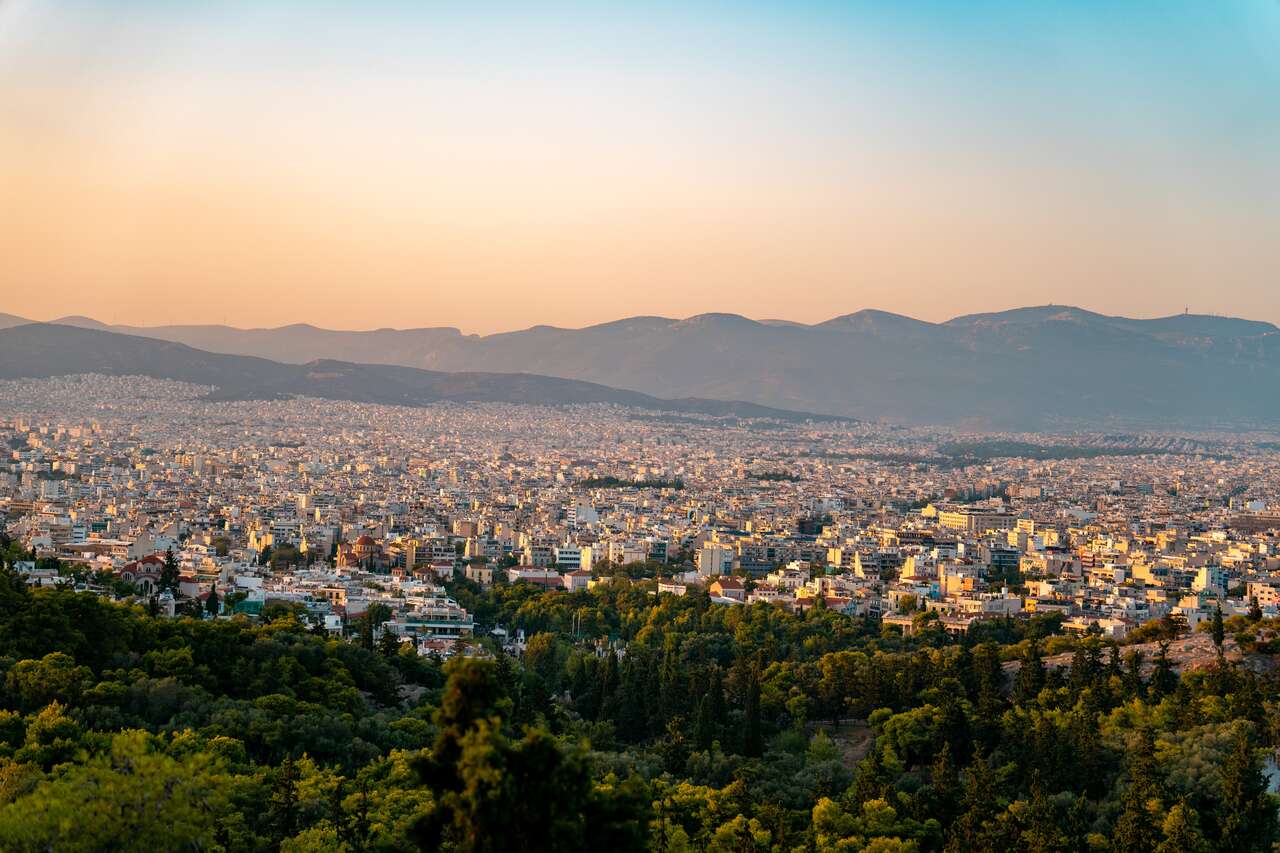
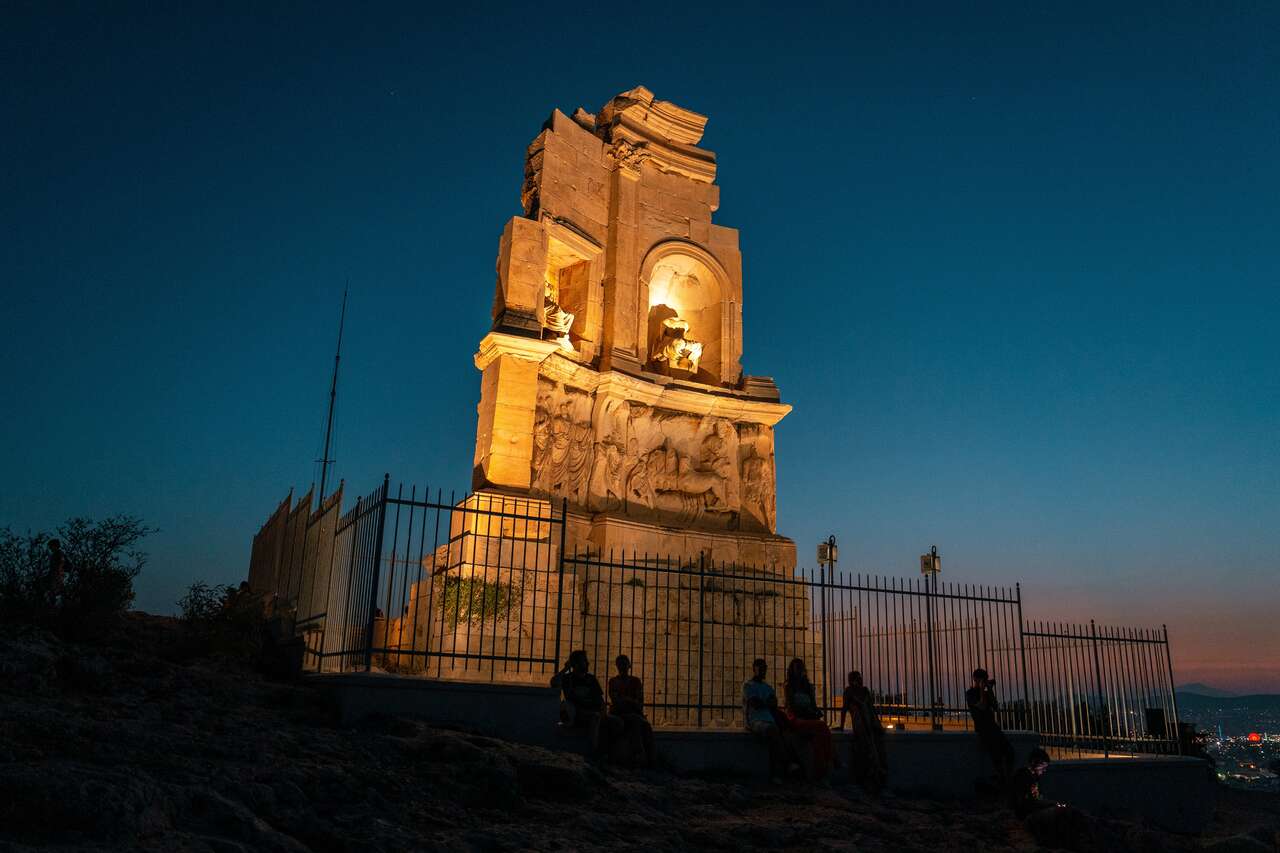
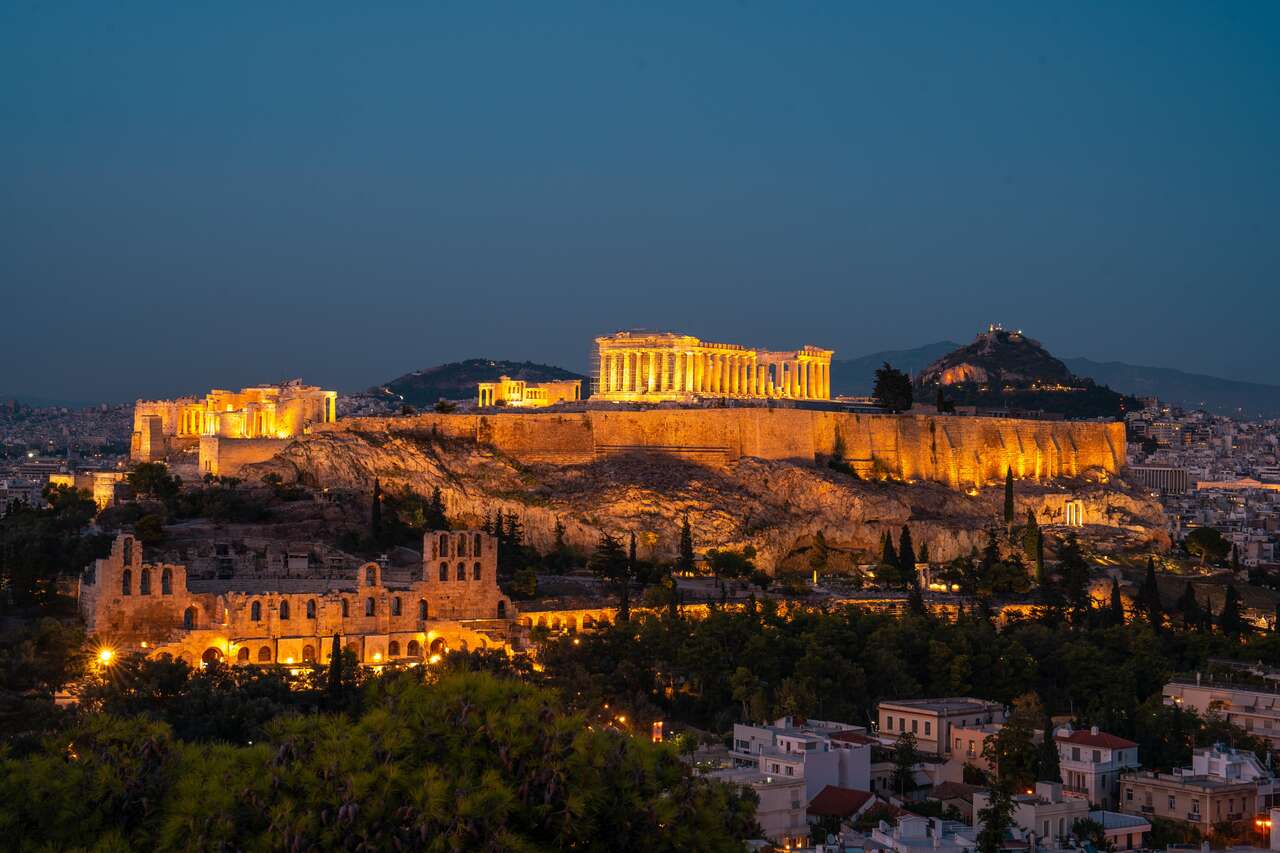

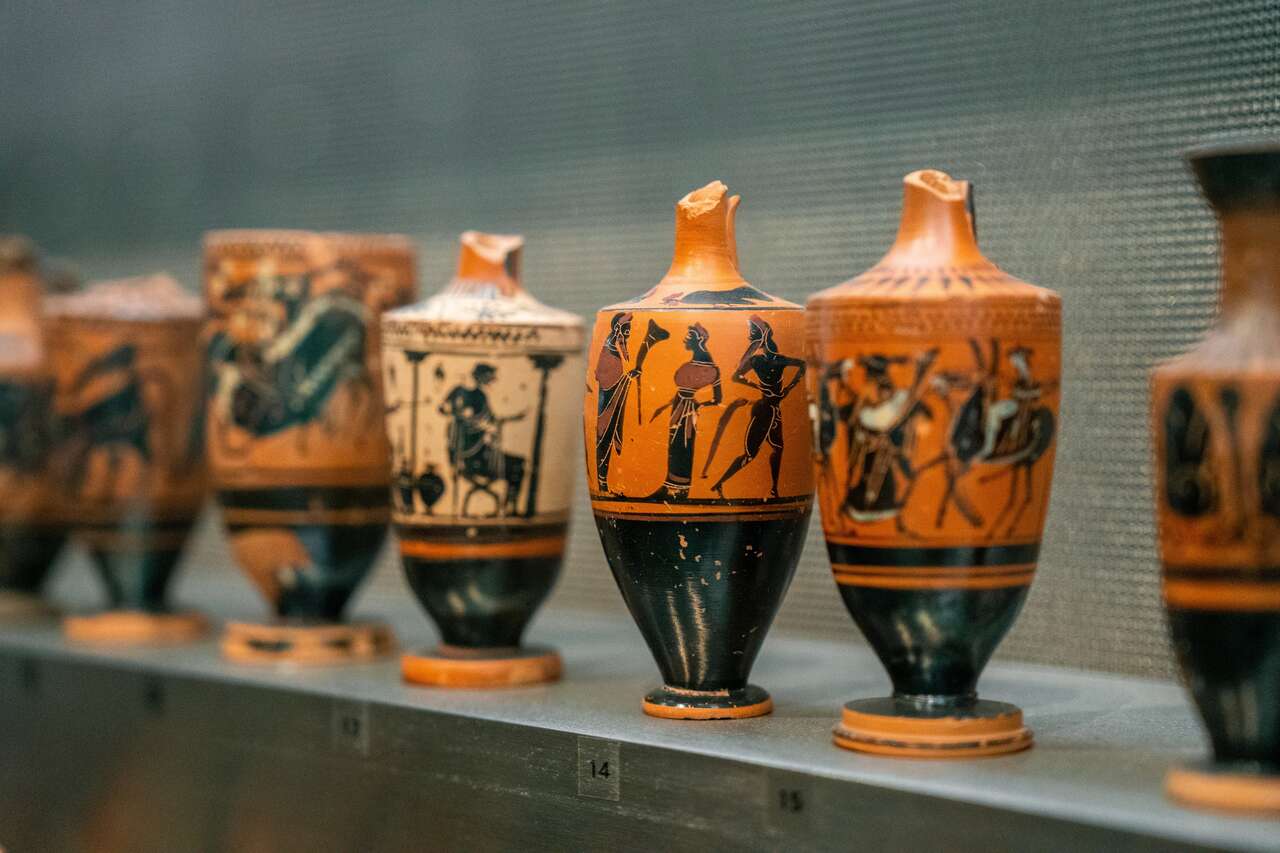
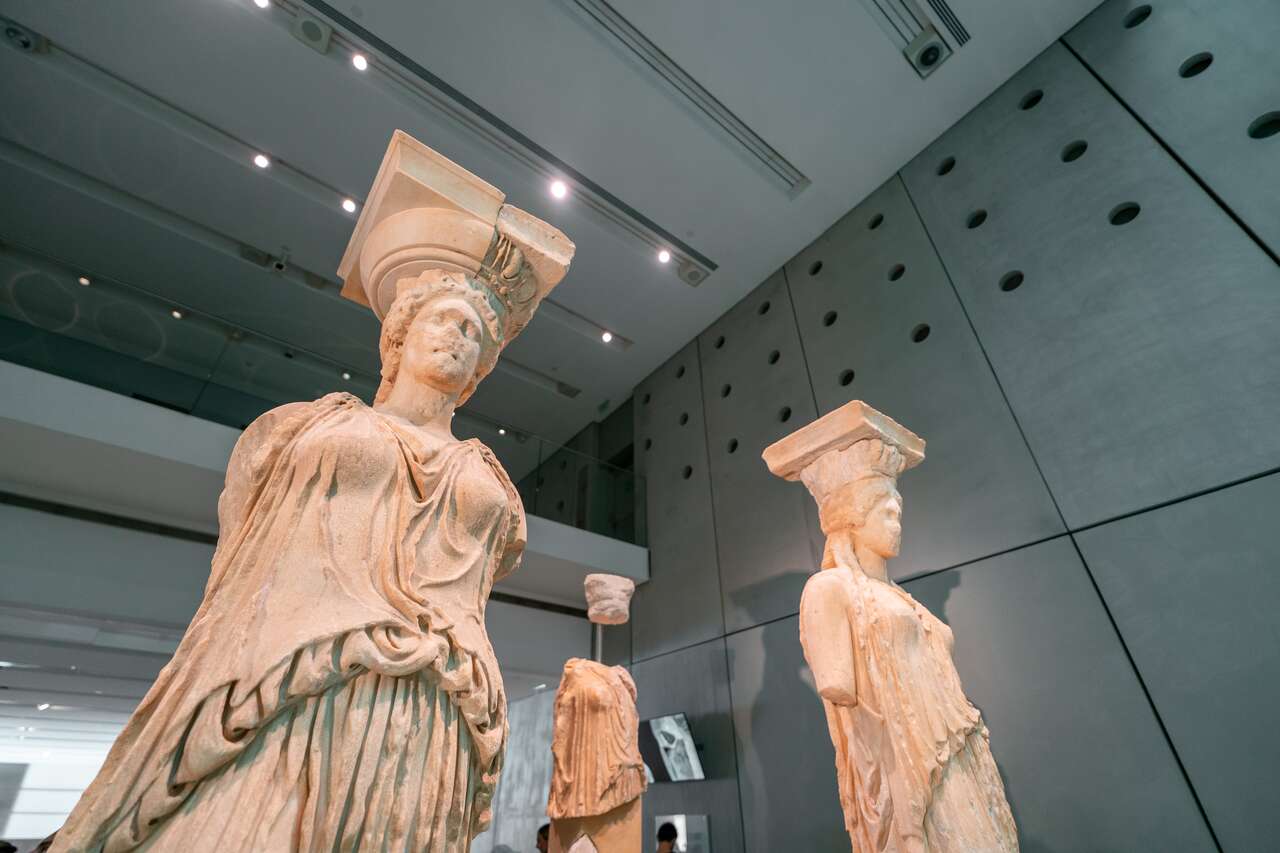
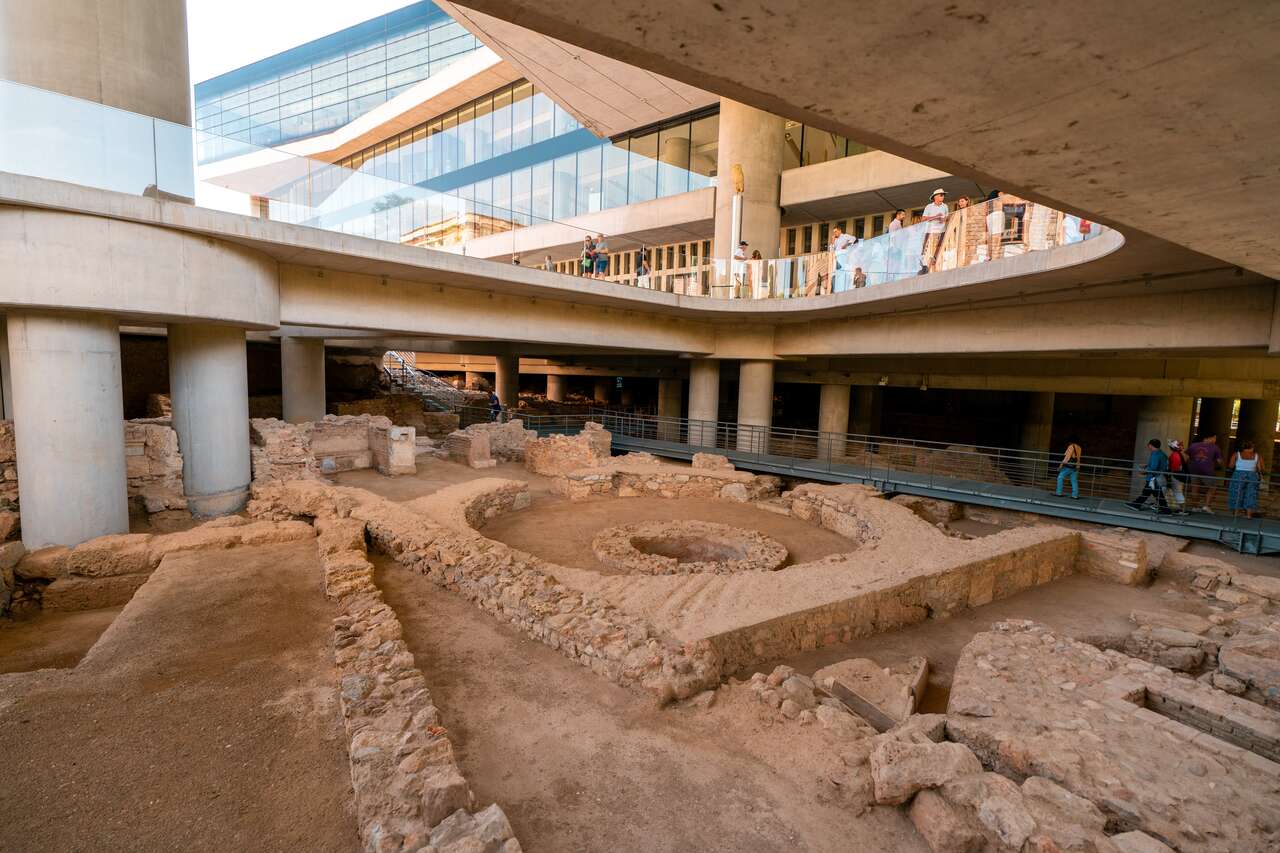
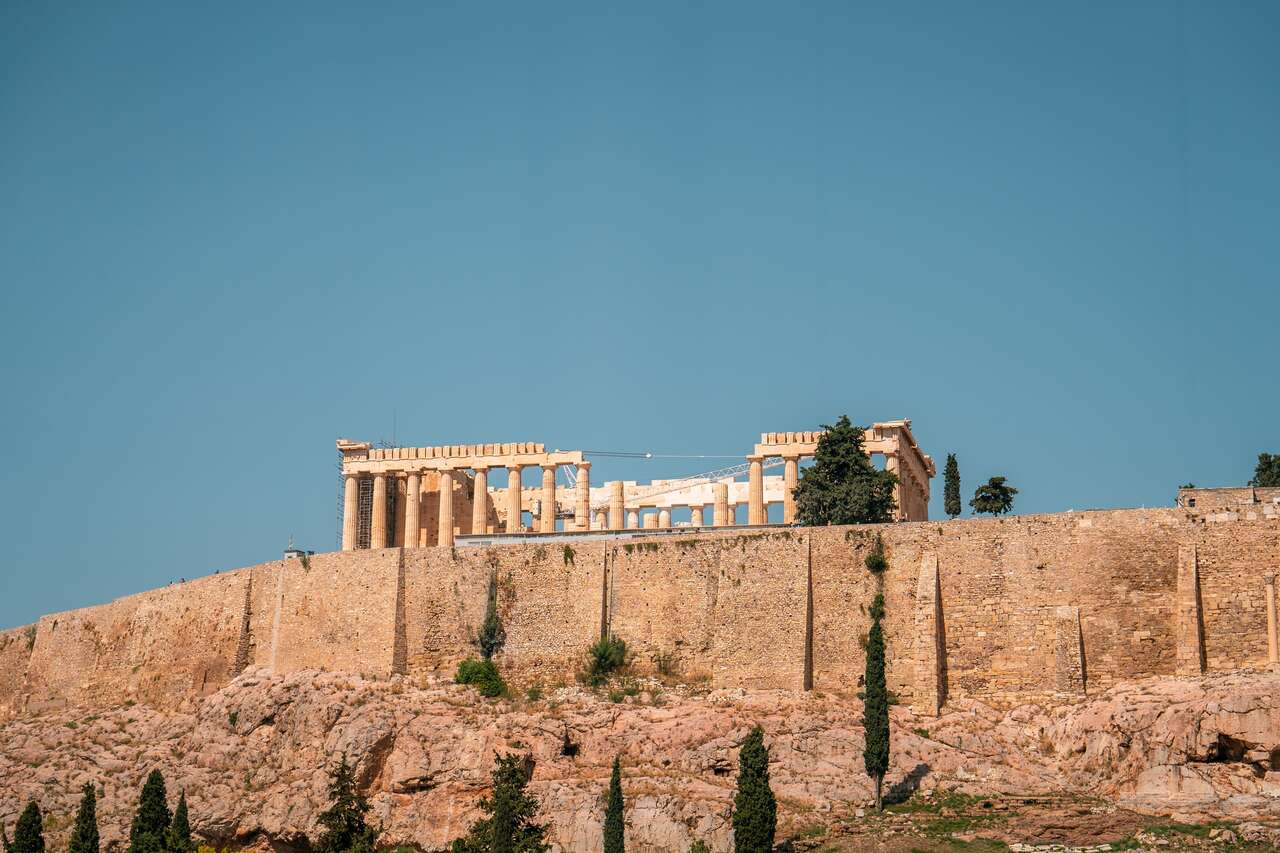
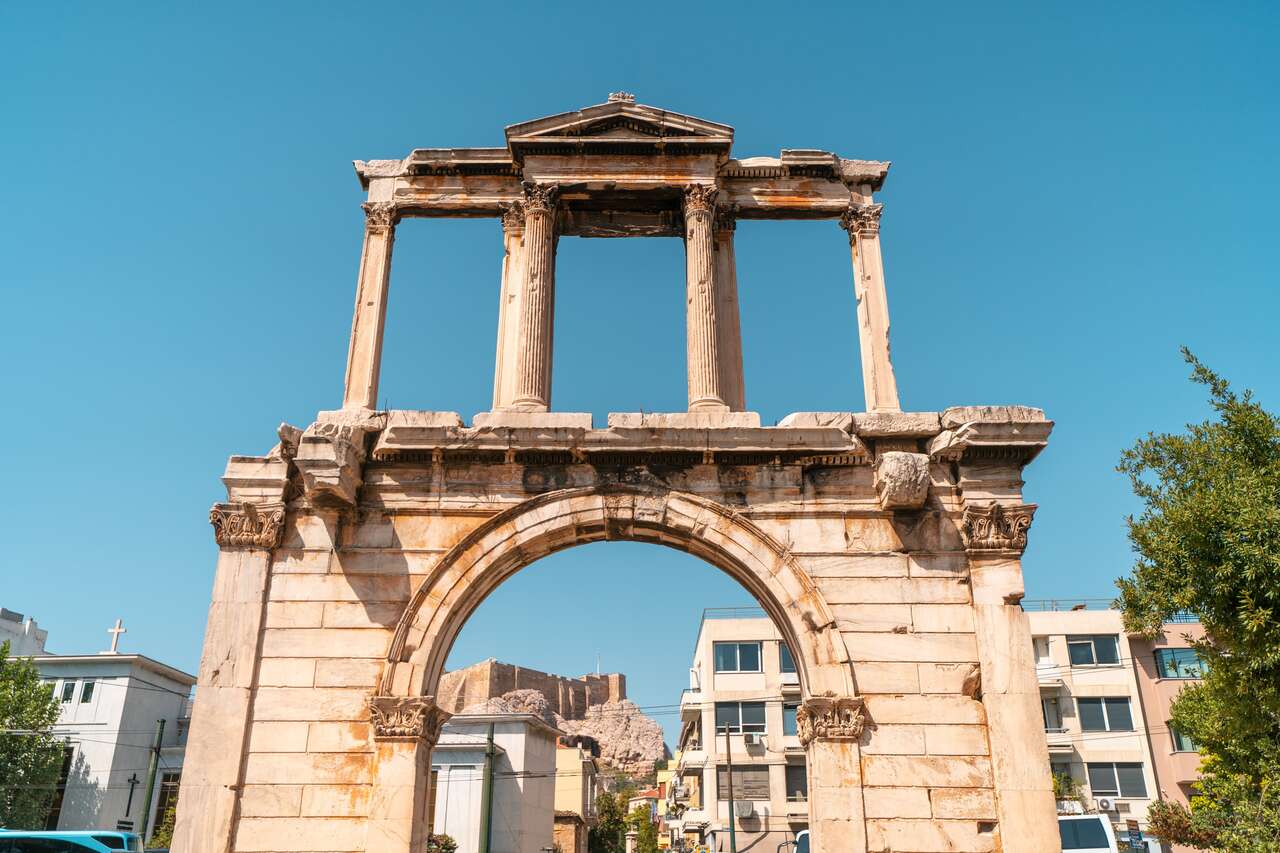
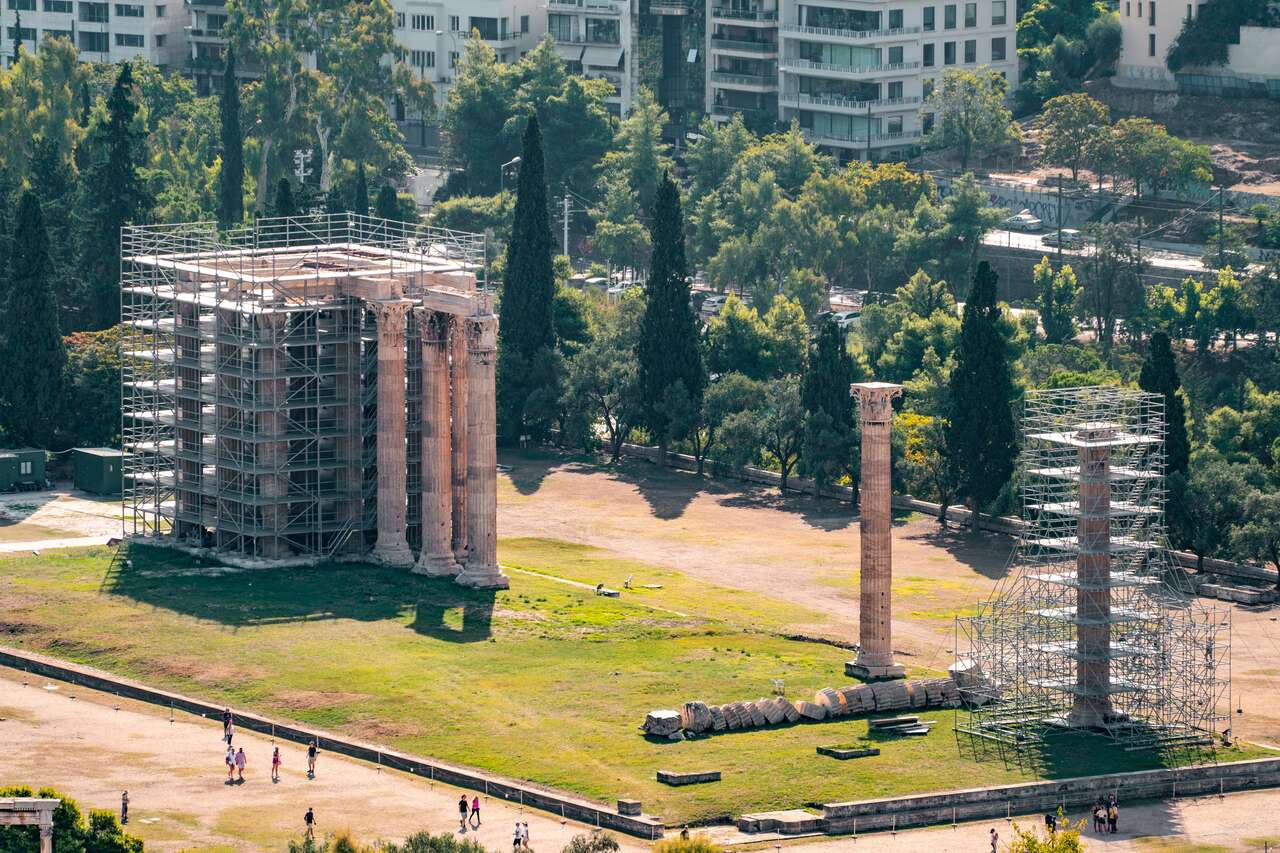
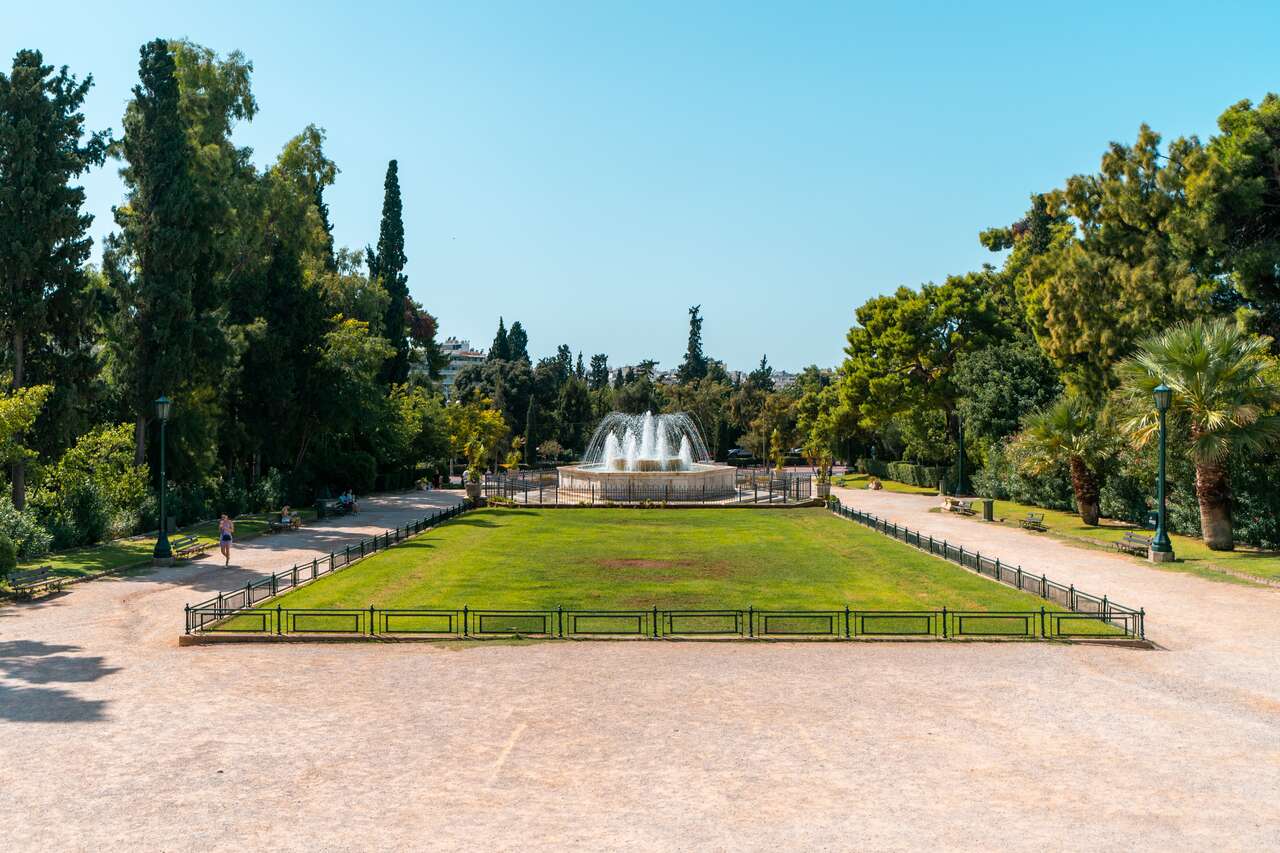
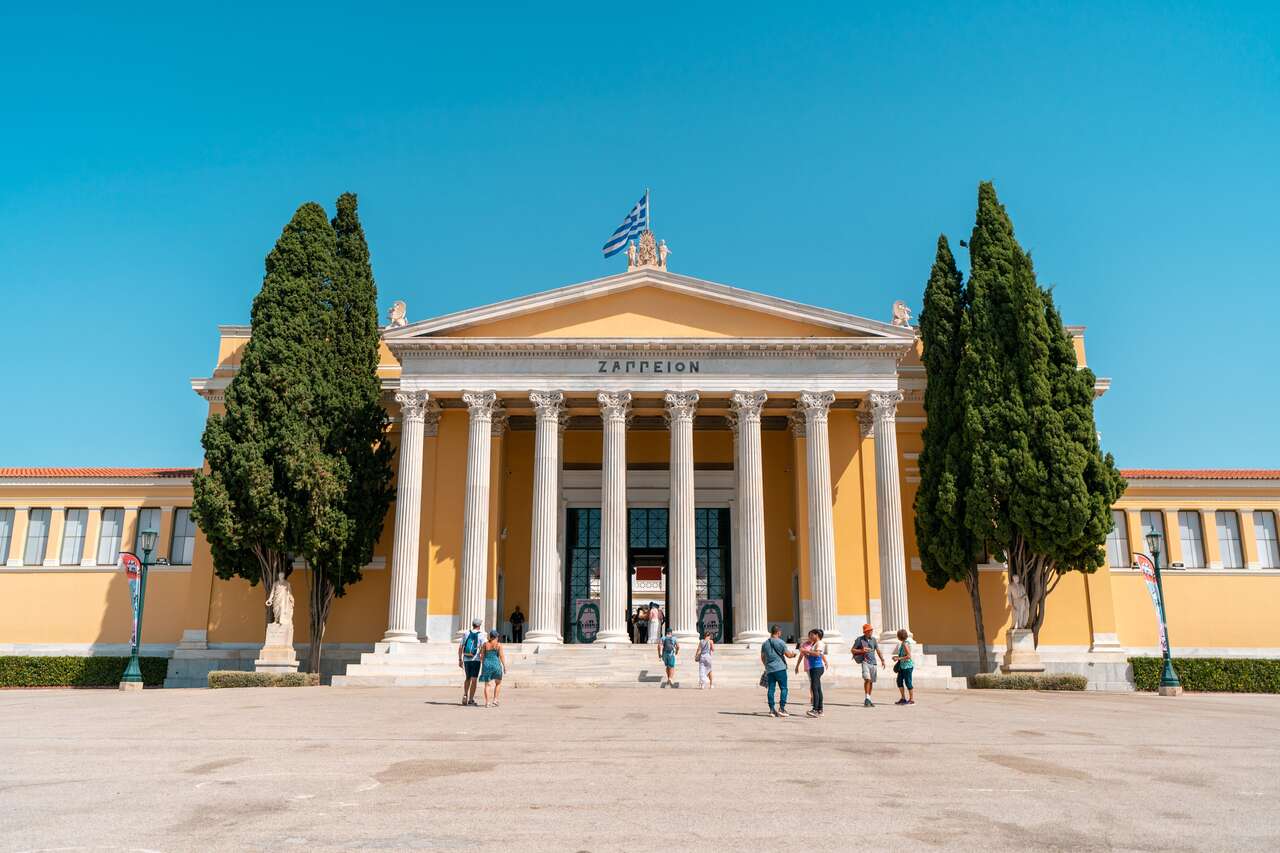
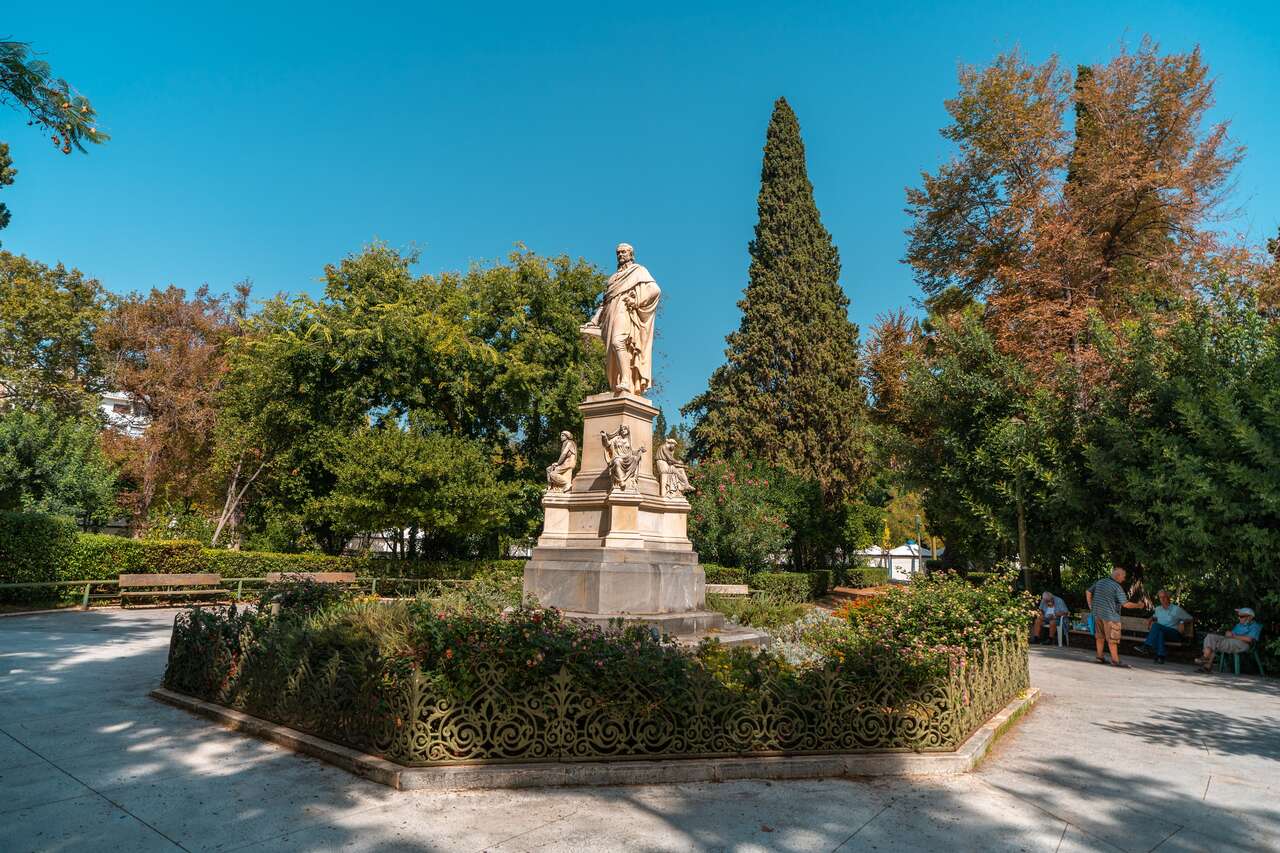
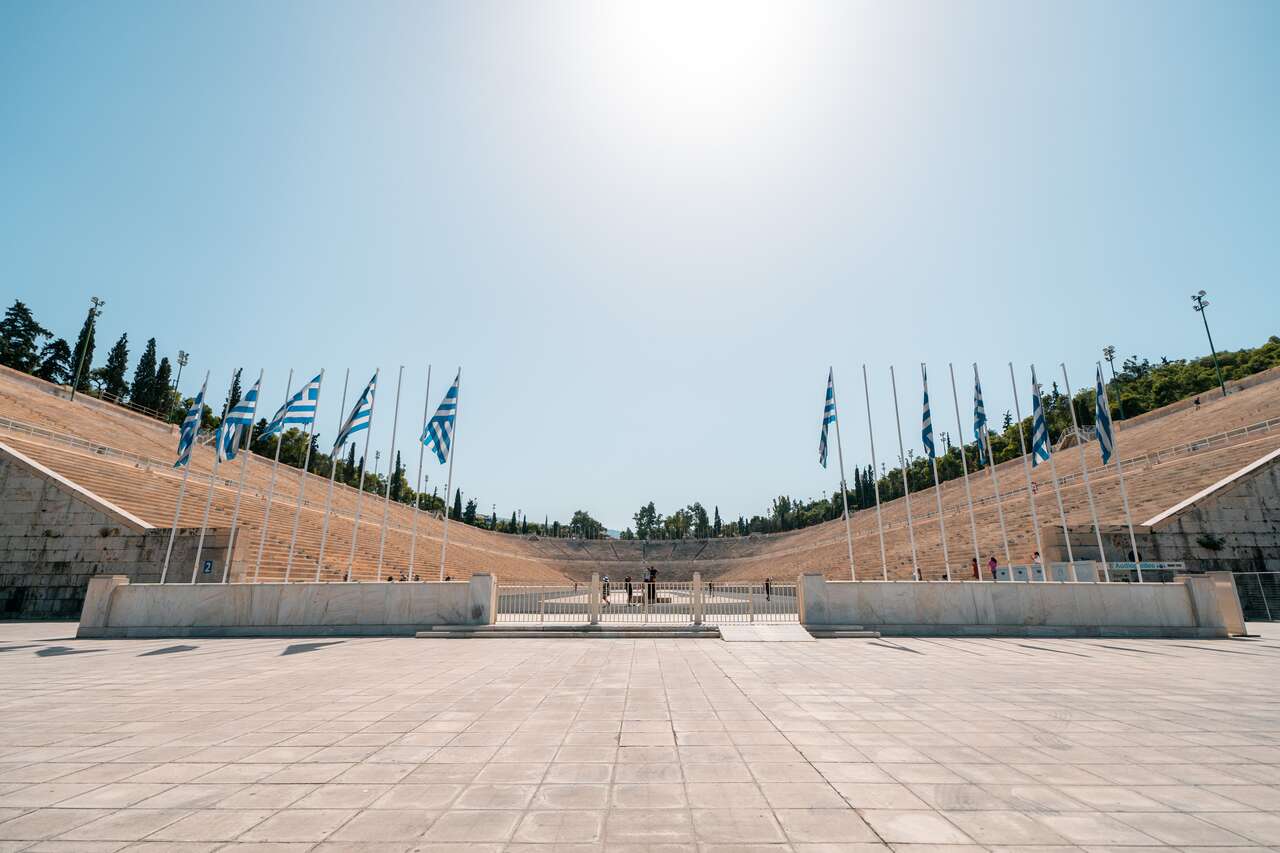
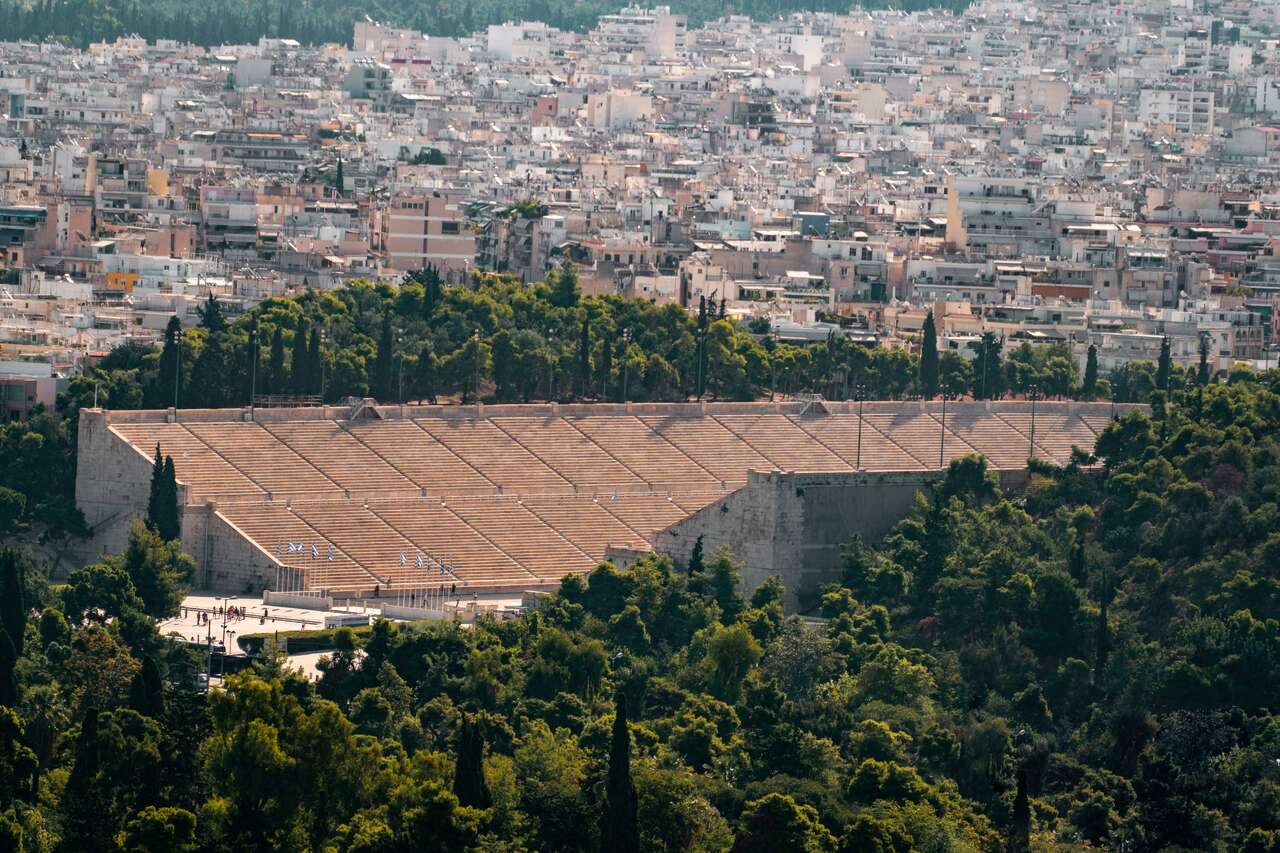
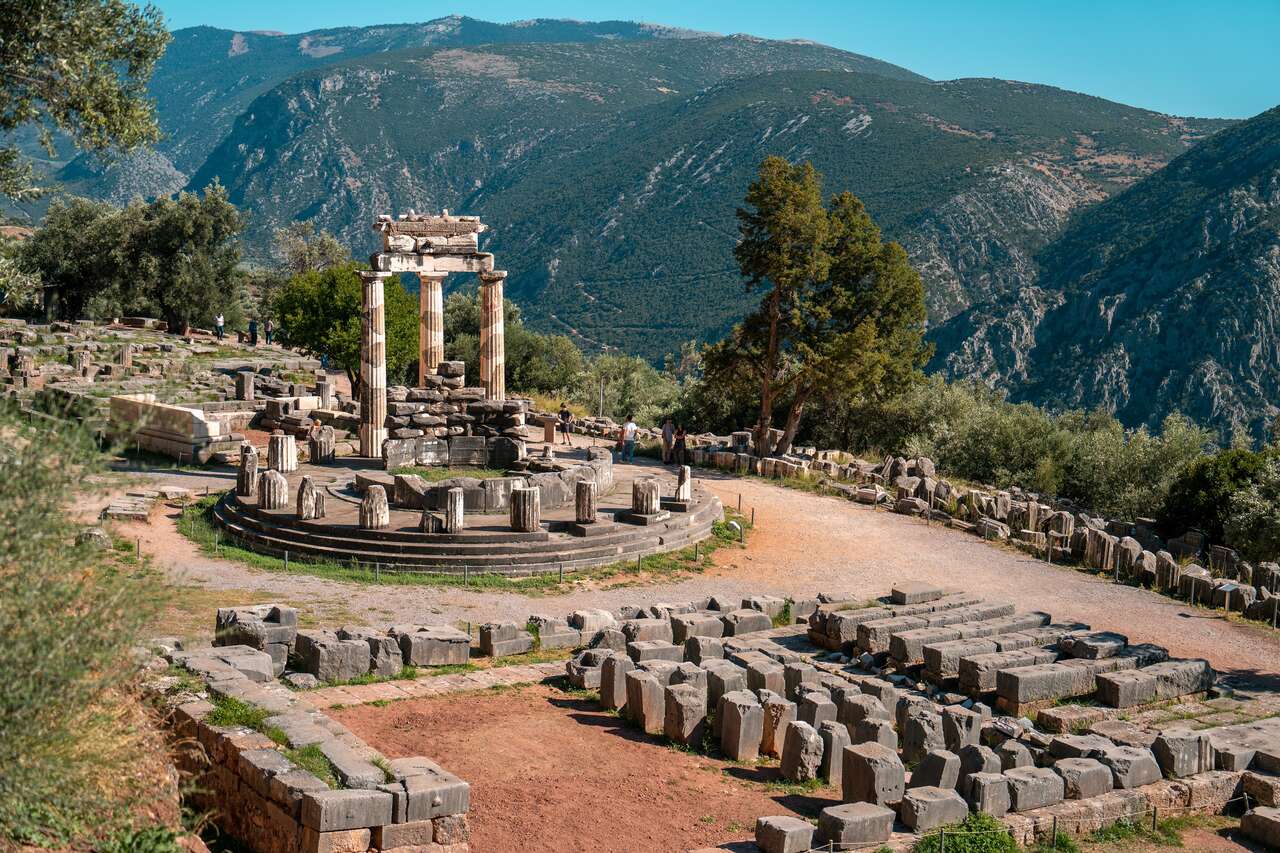
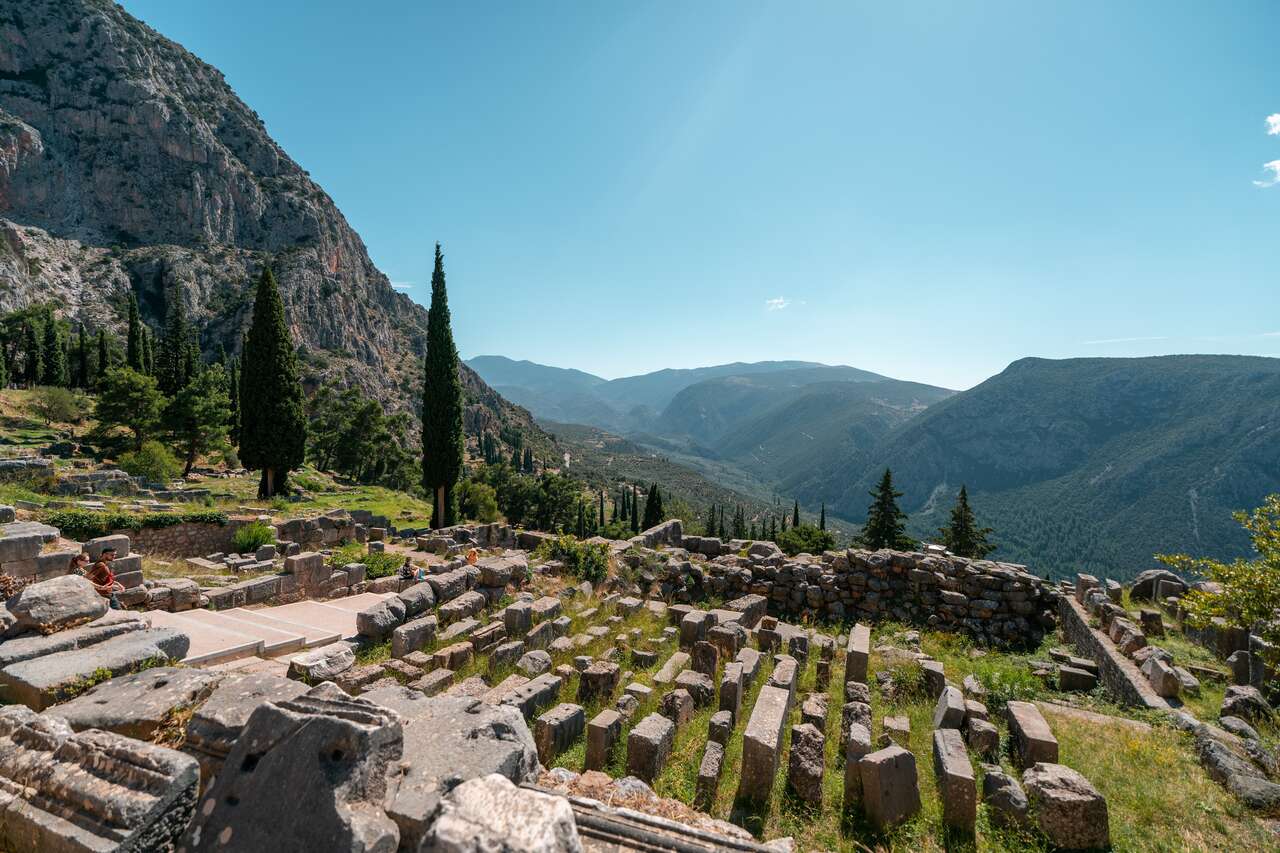
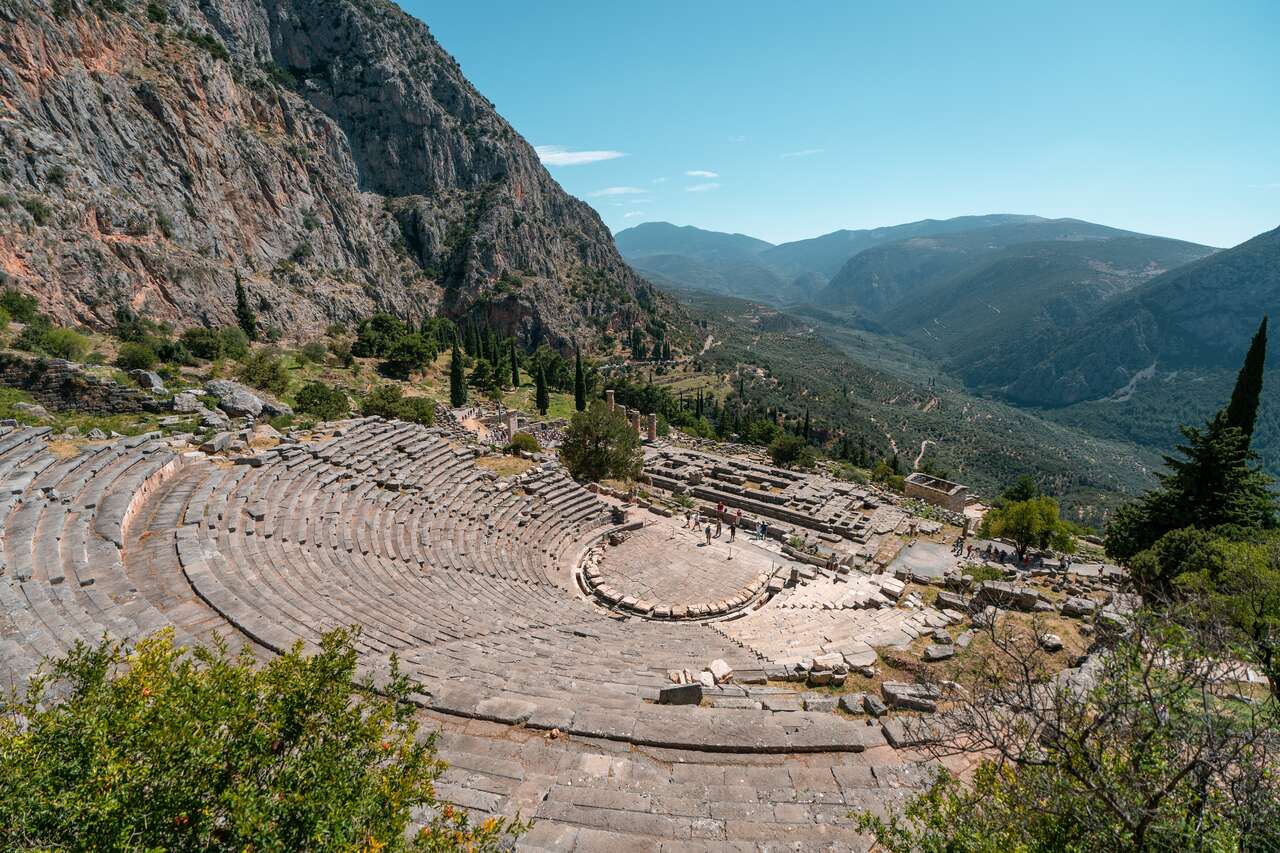
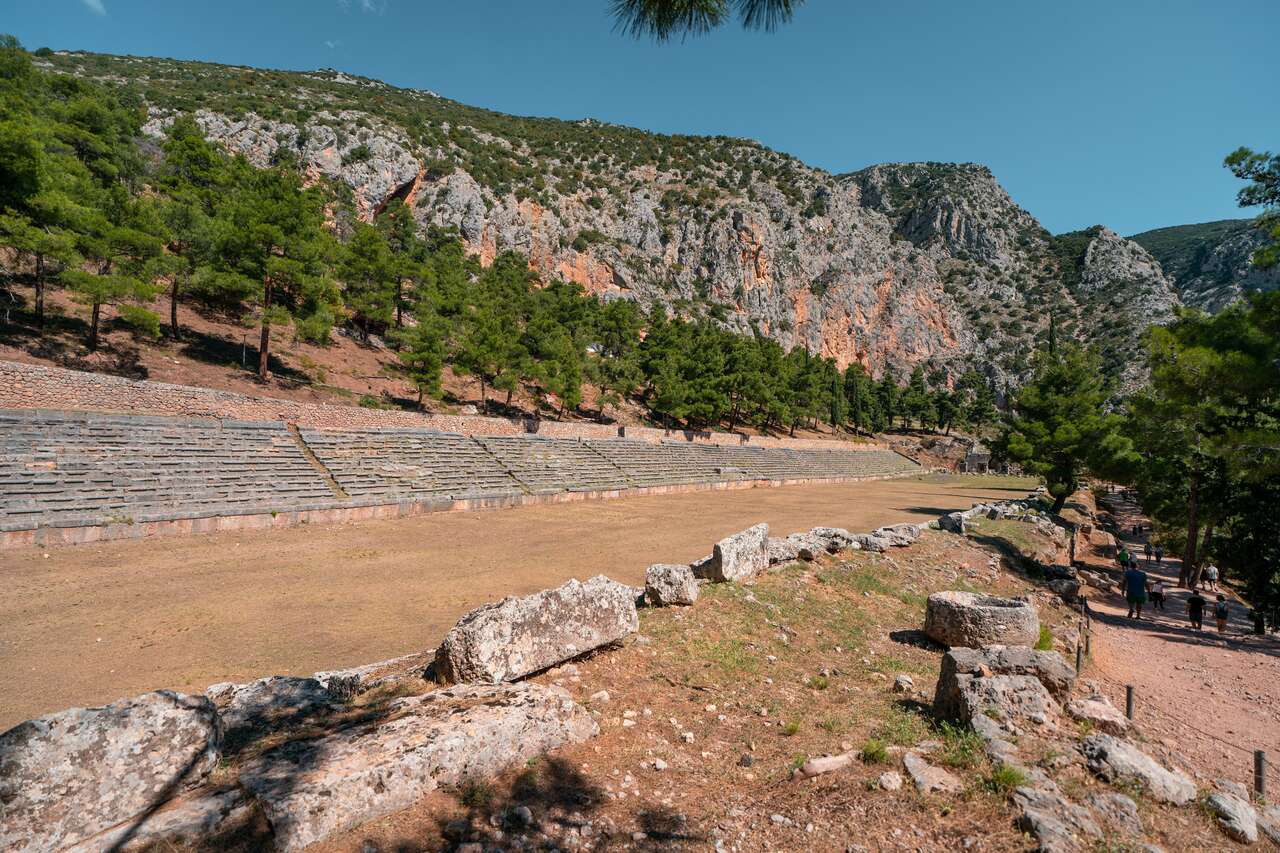

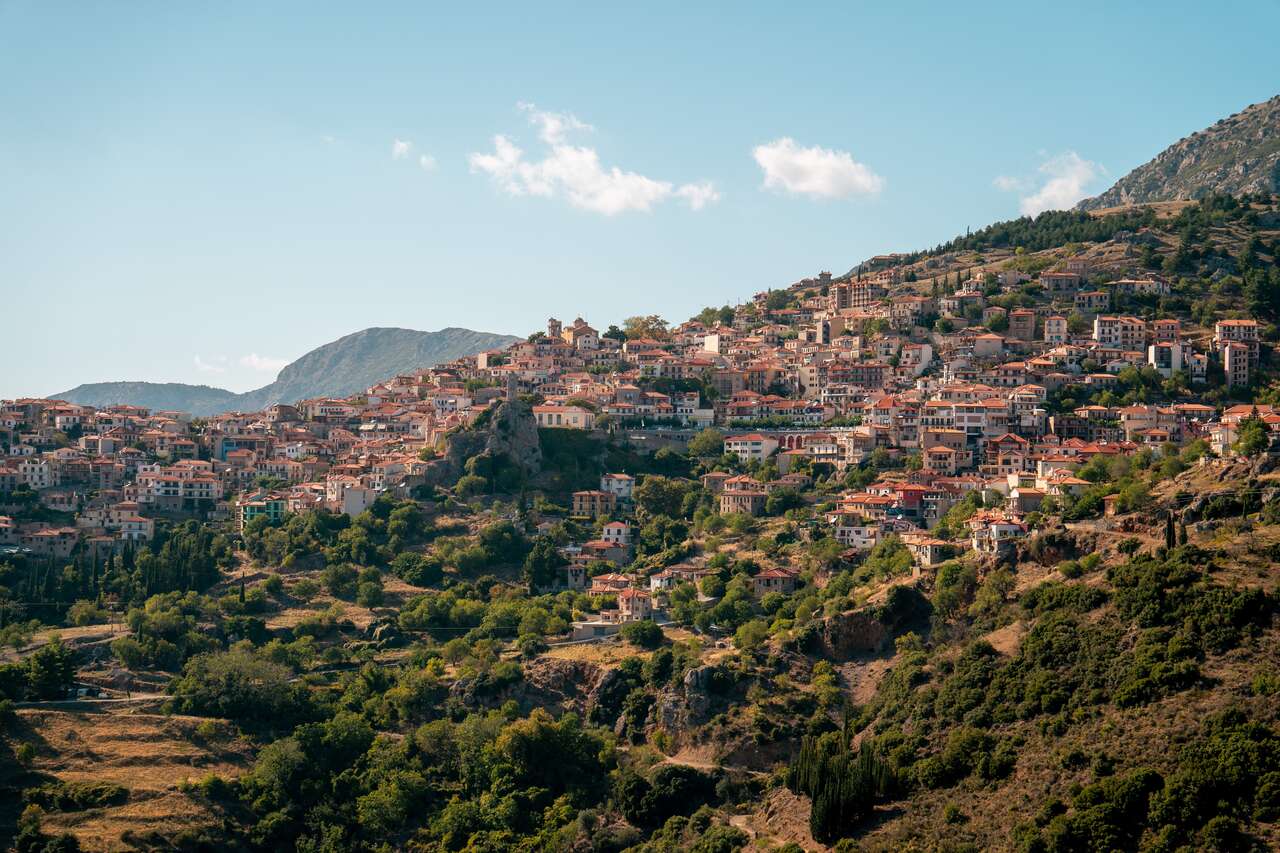 [……]
[……]